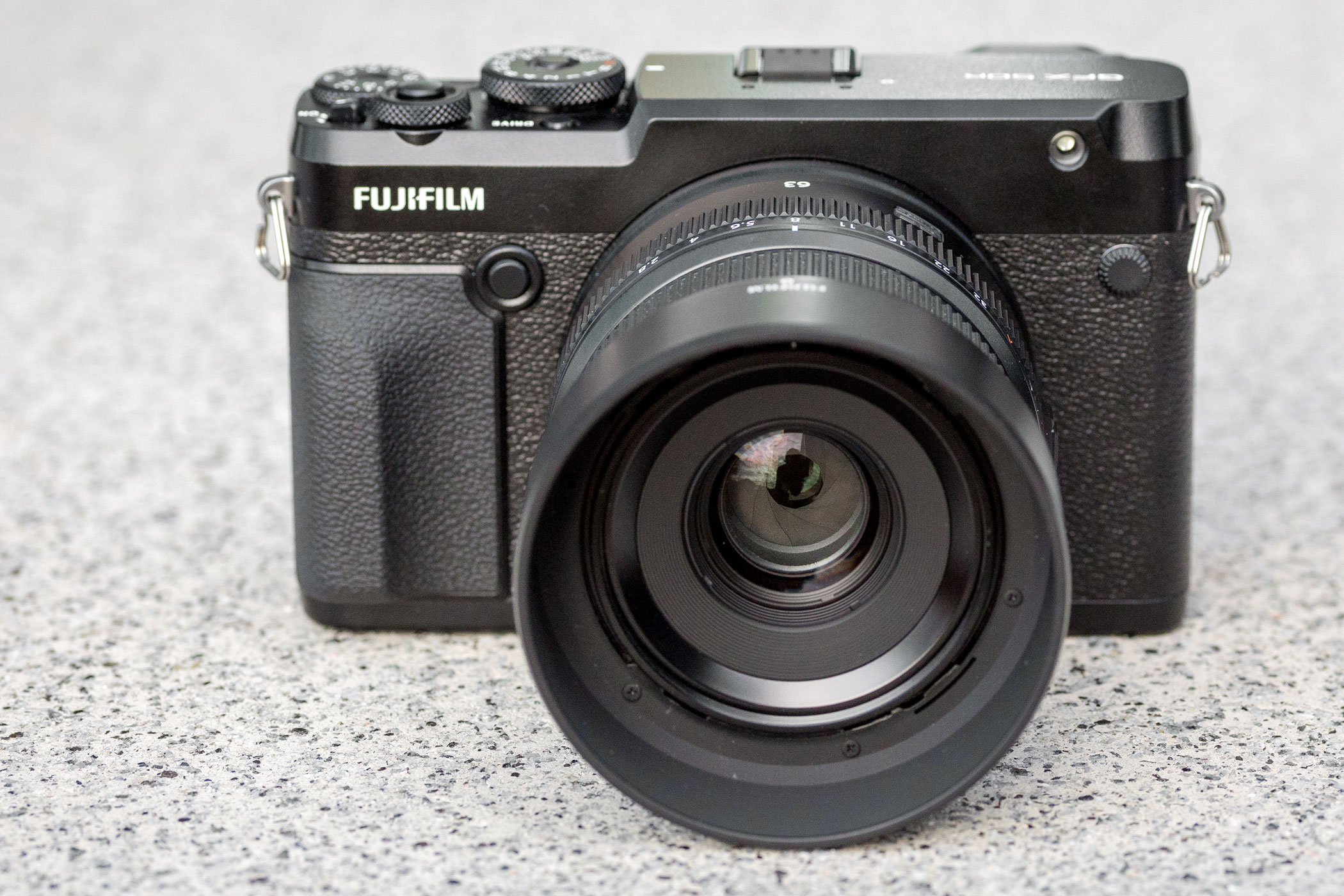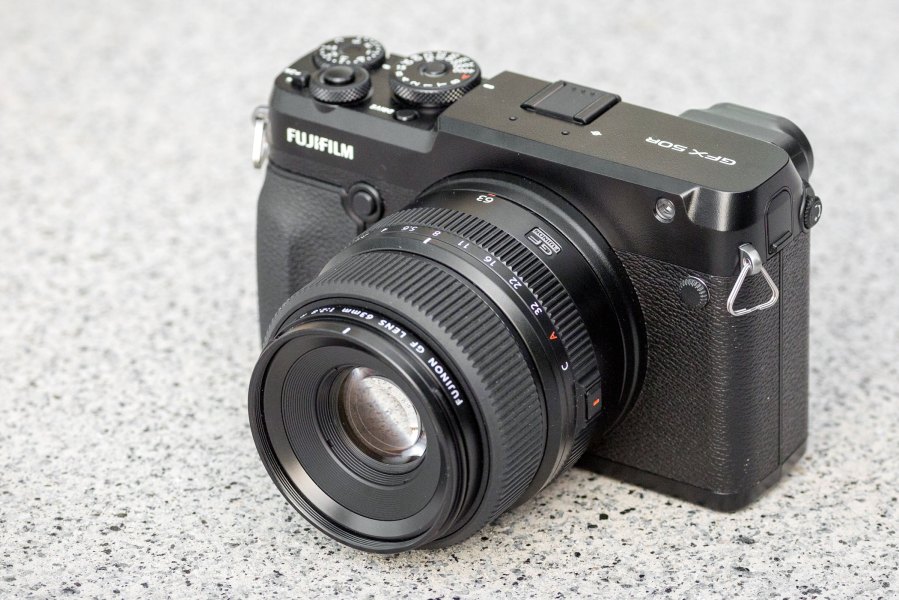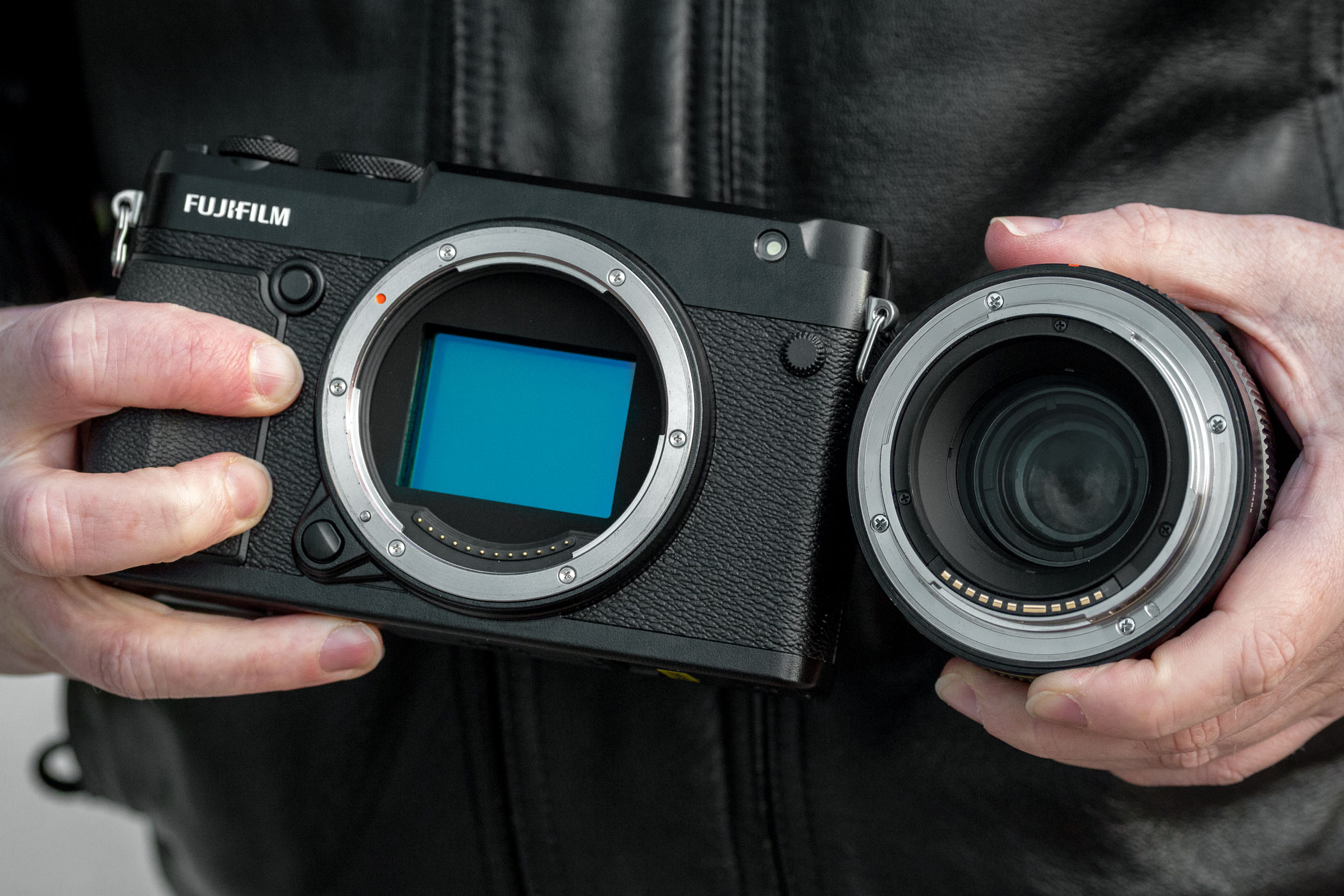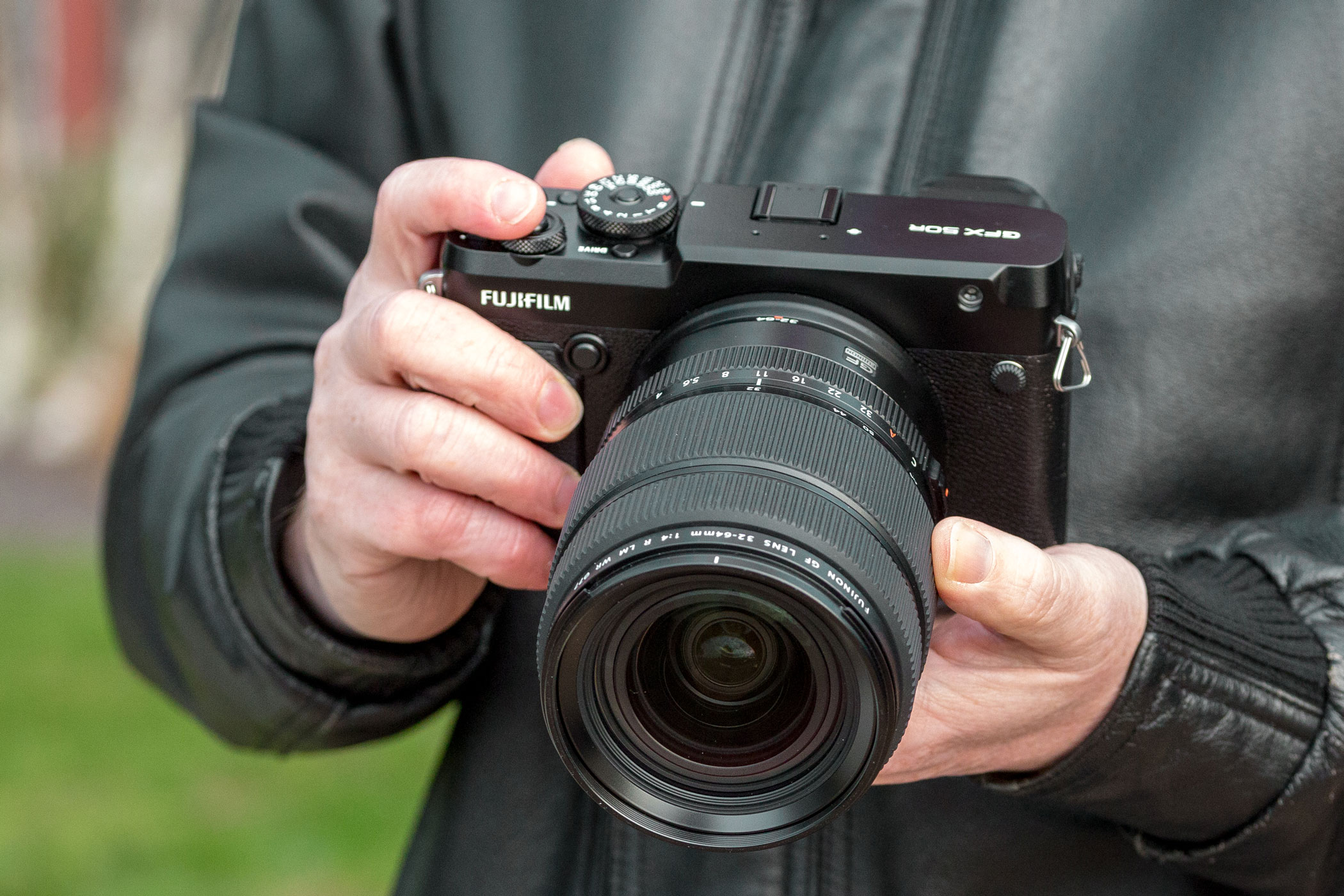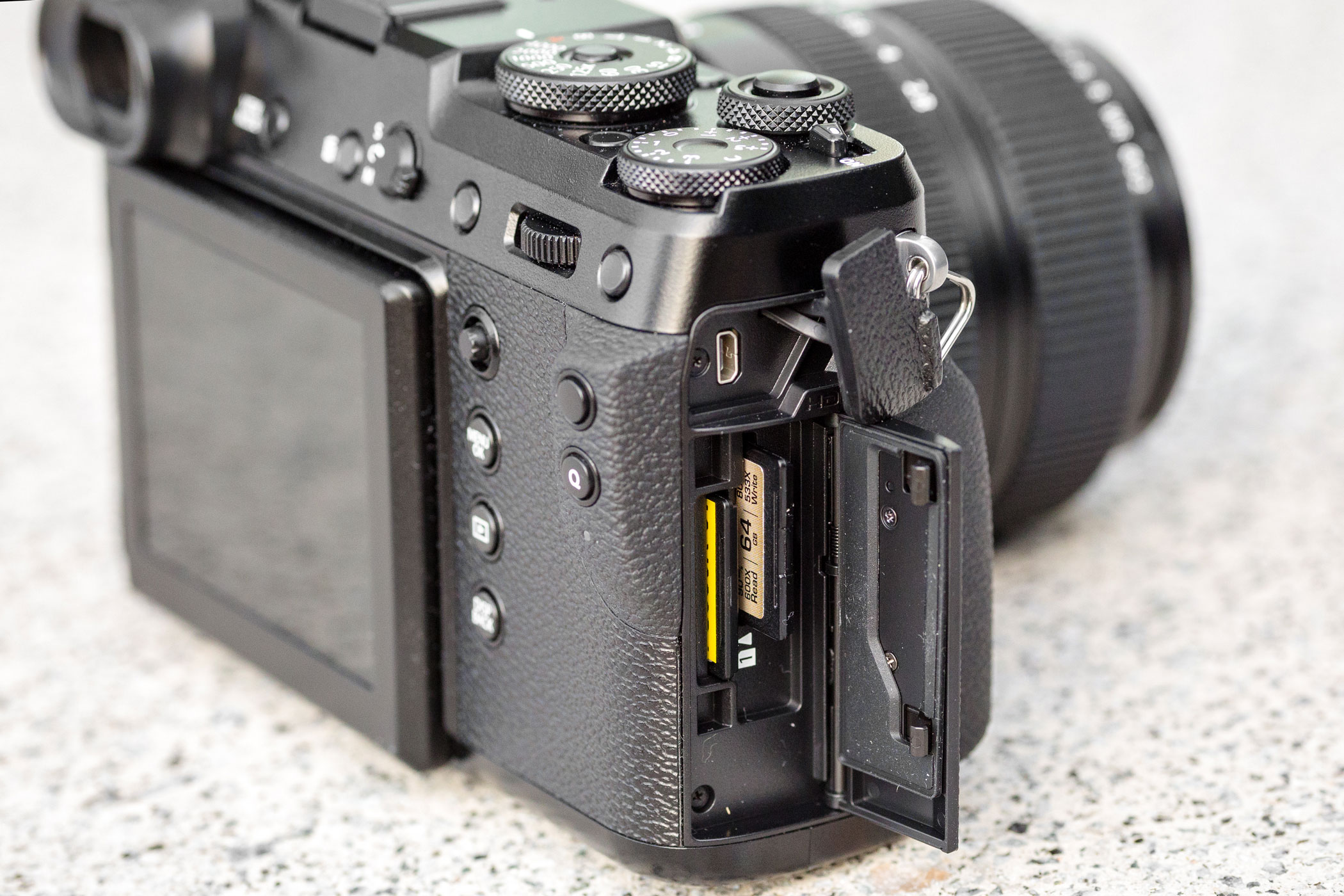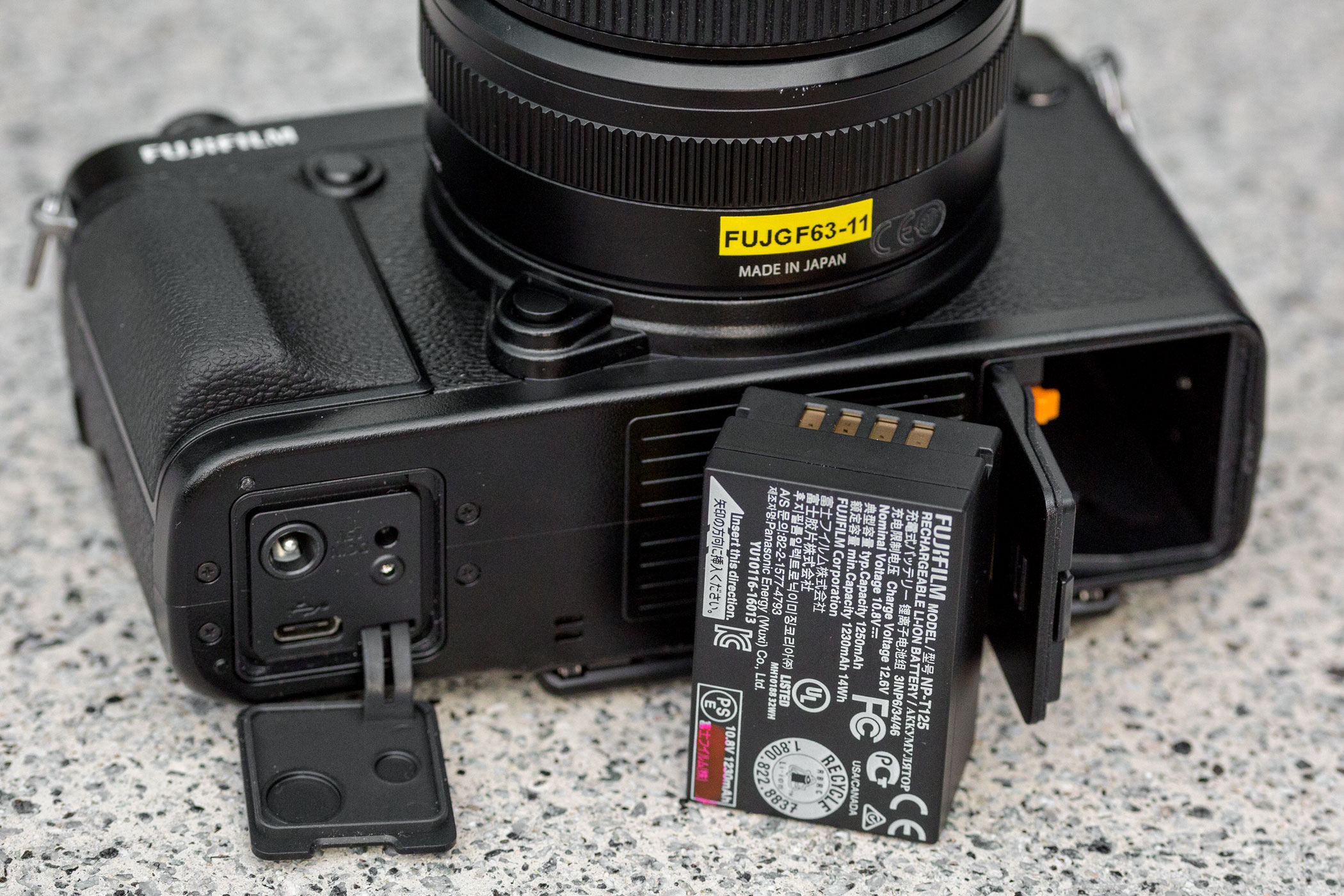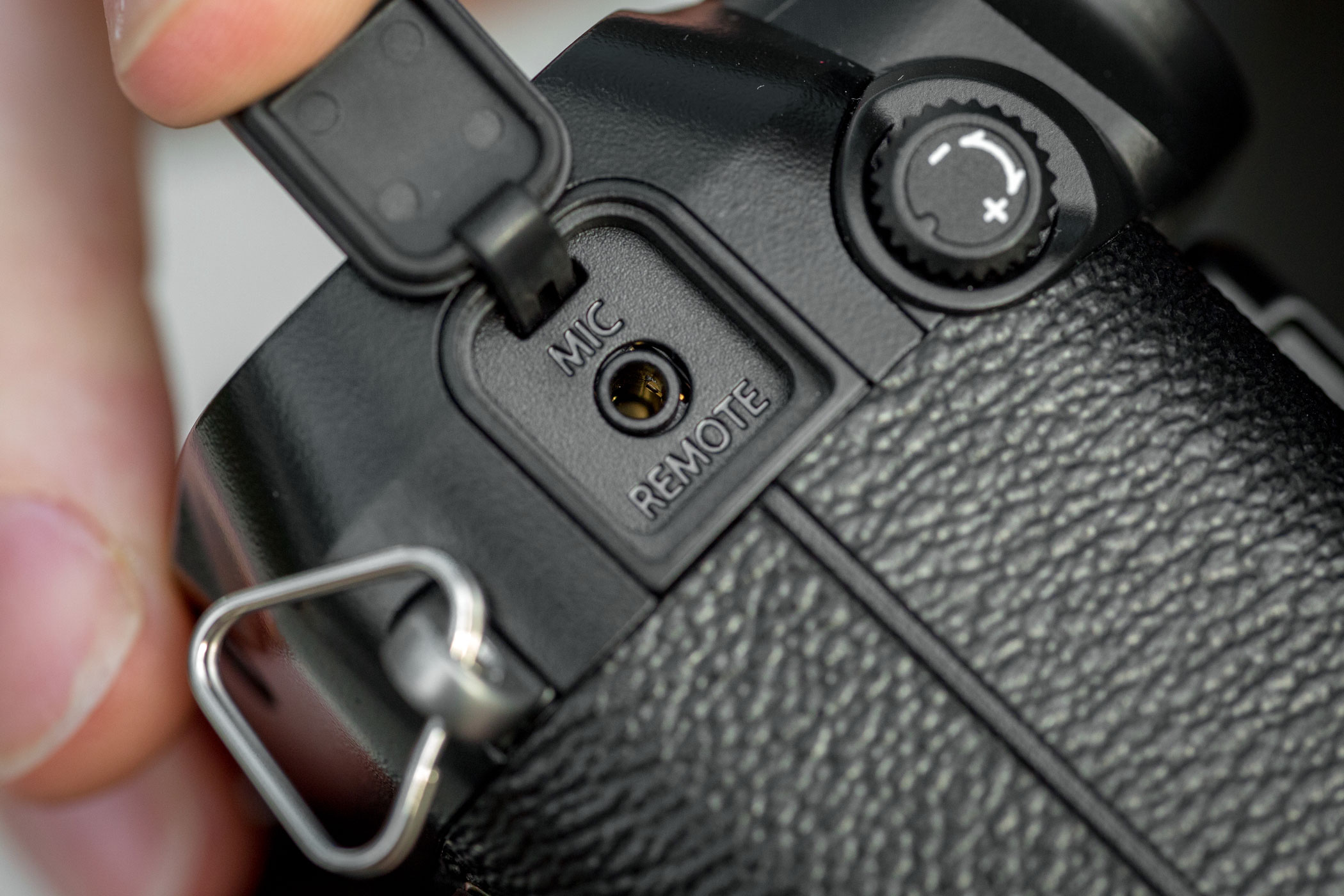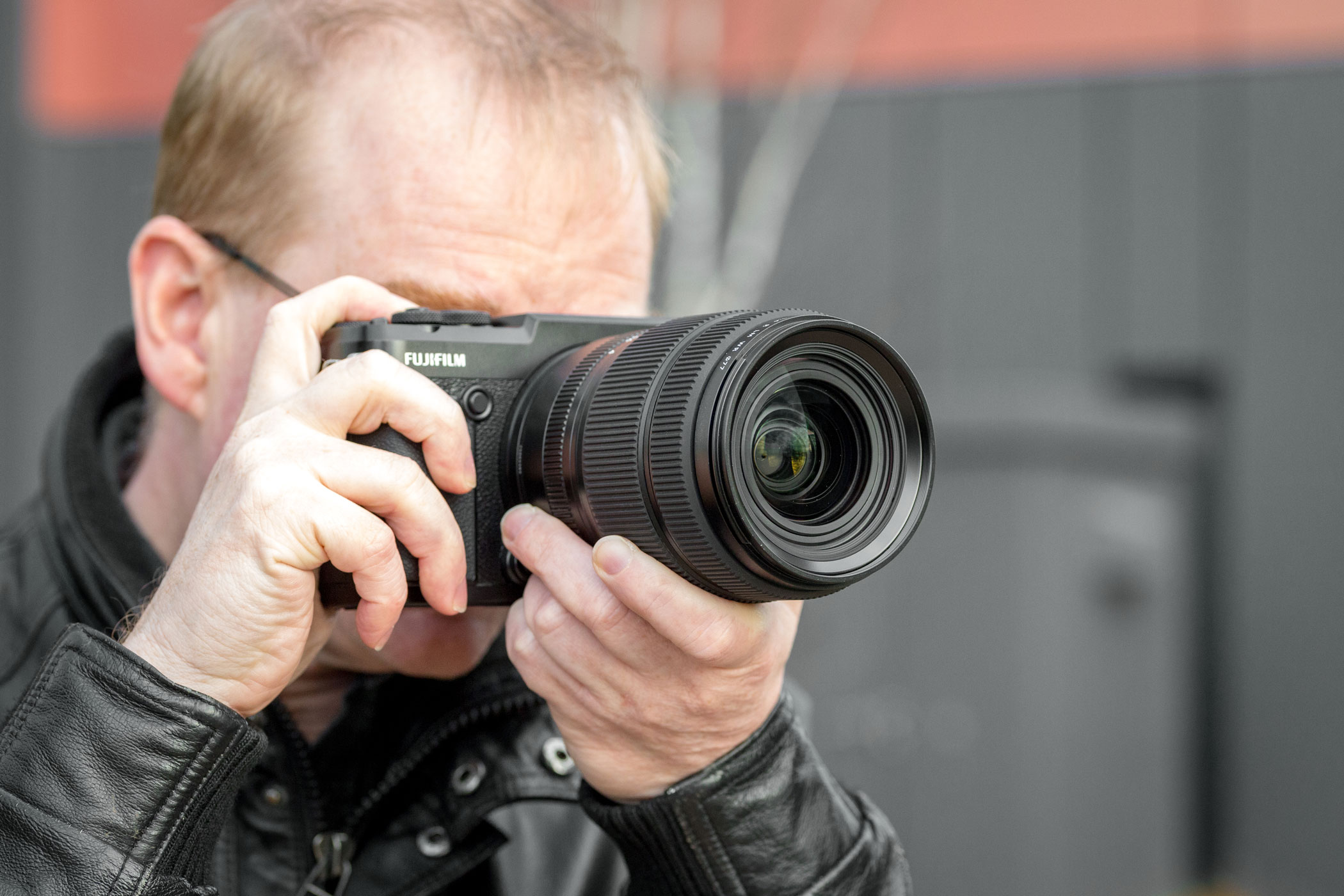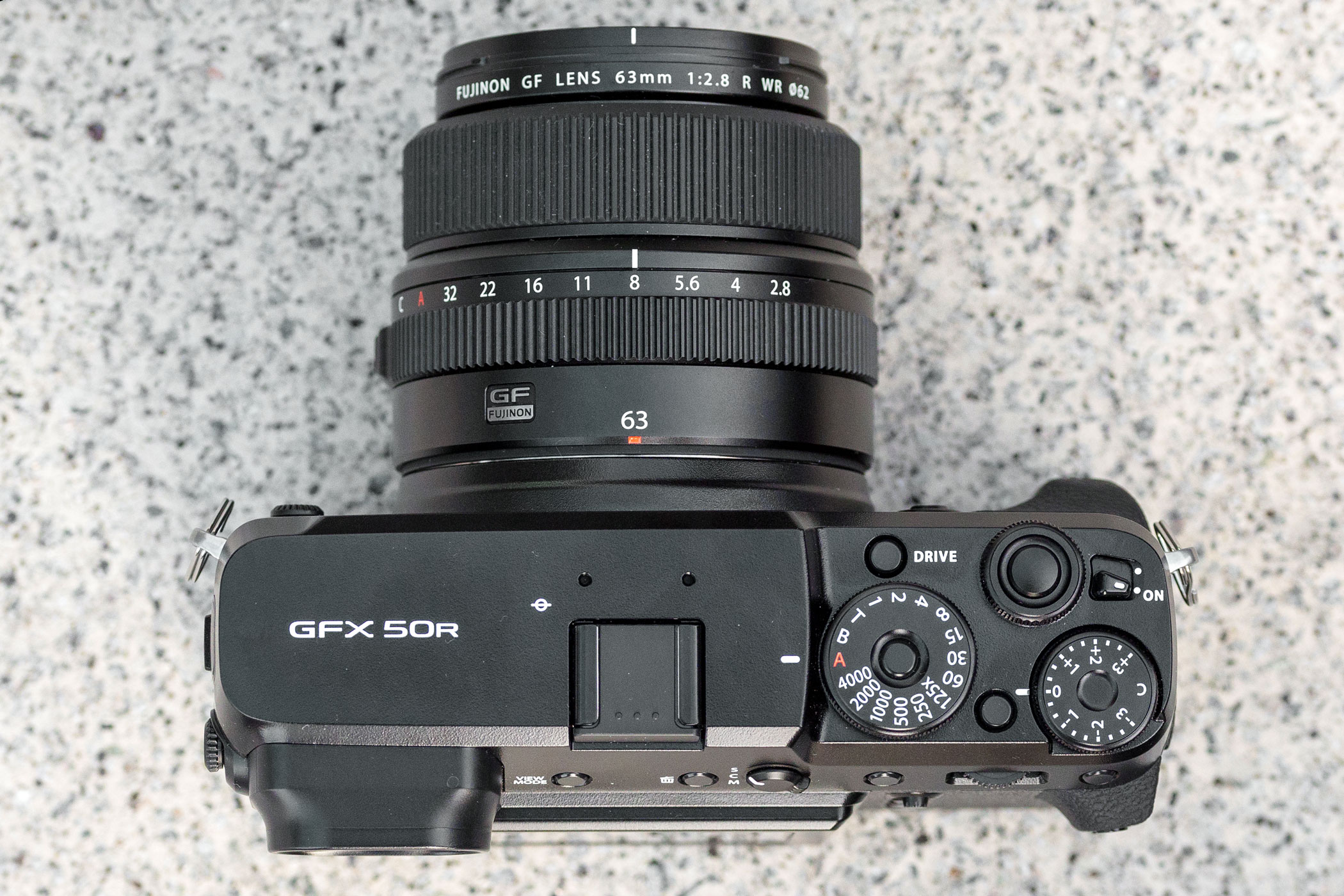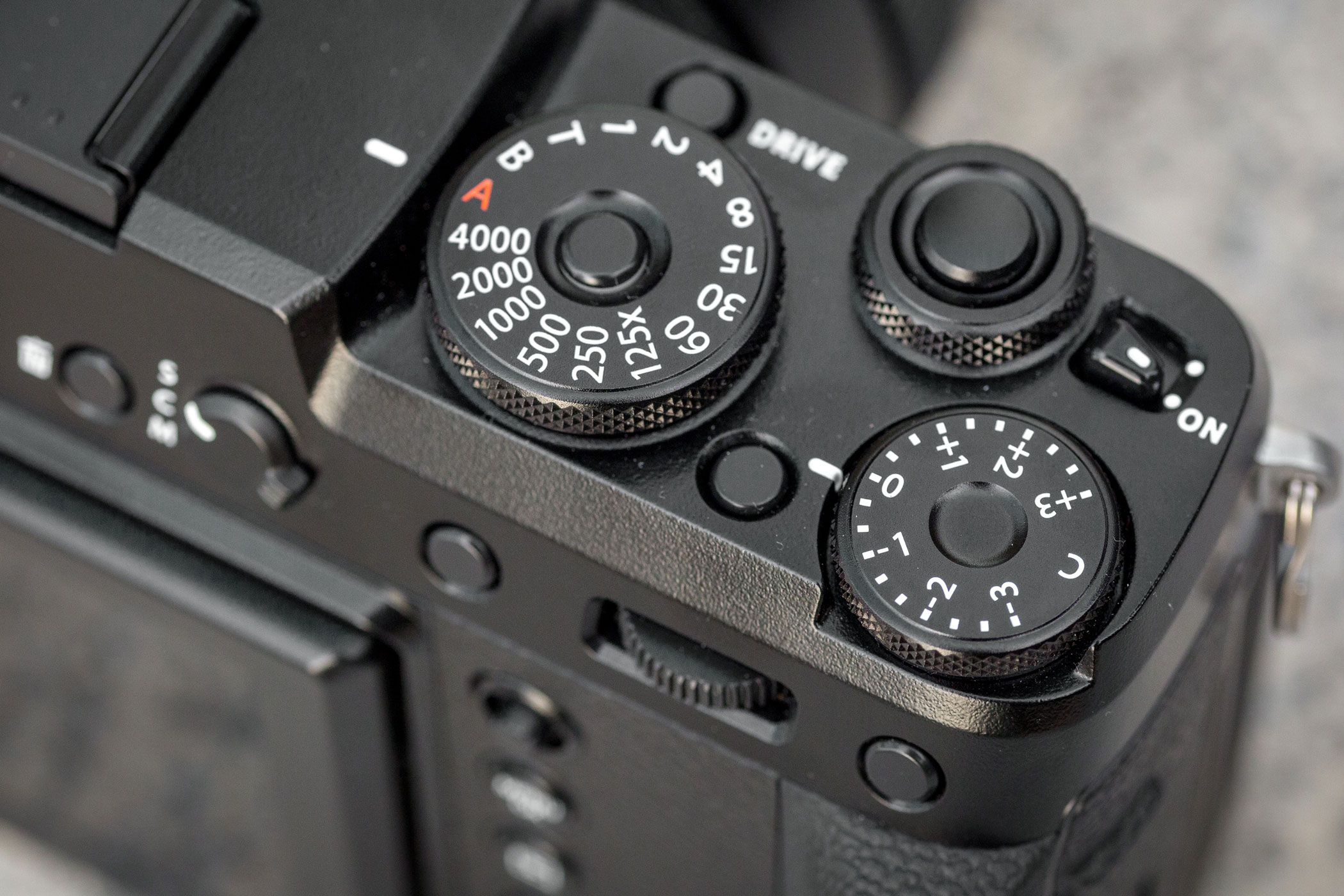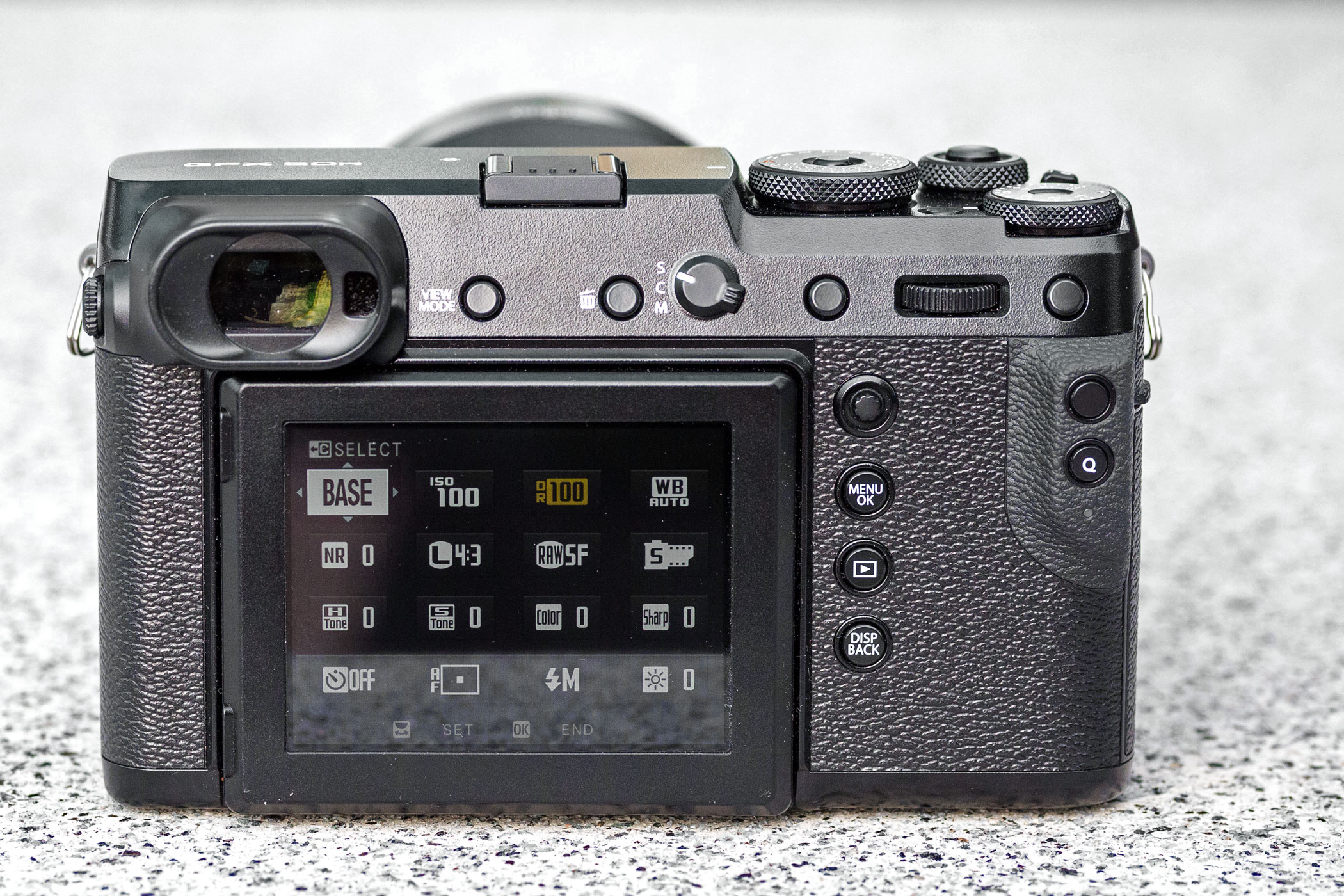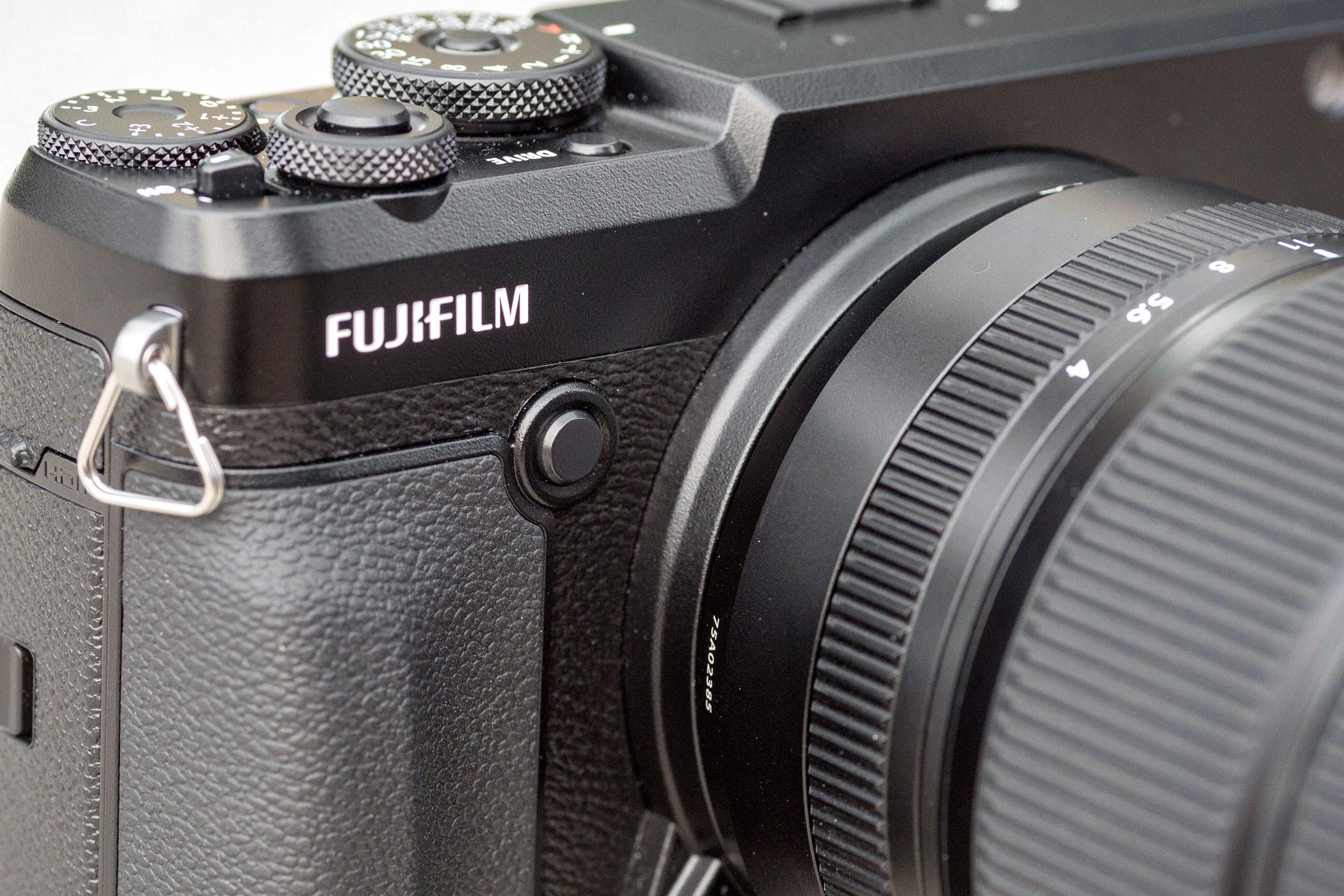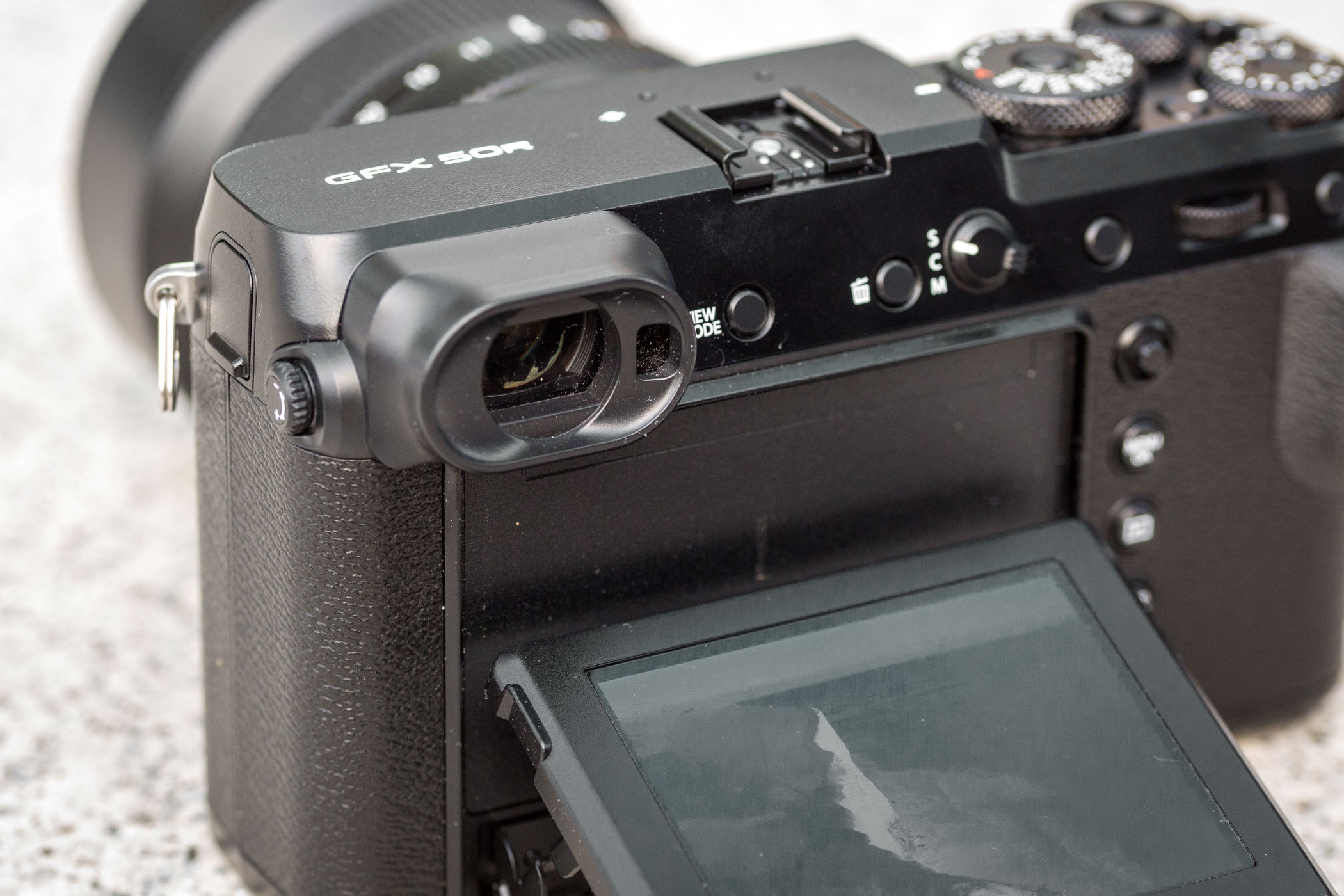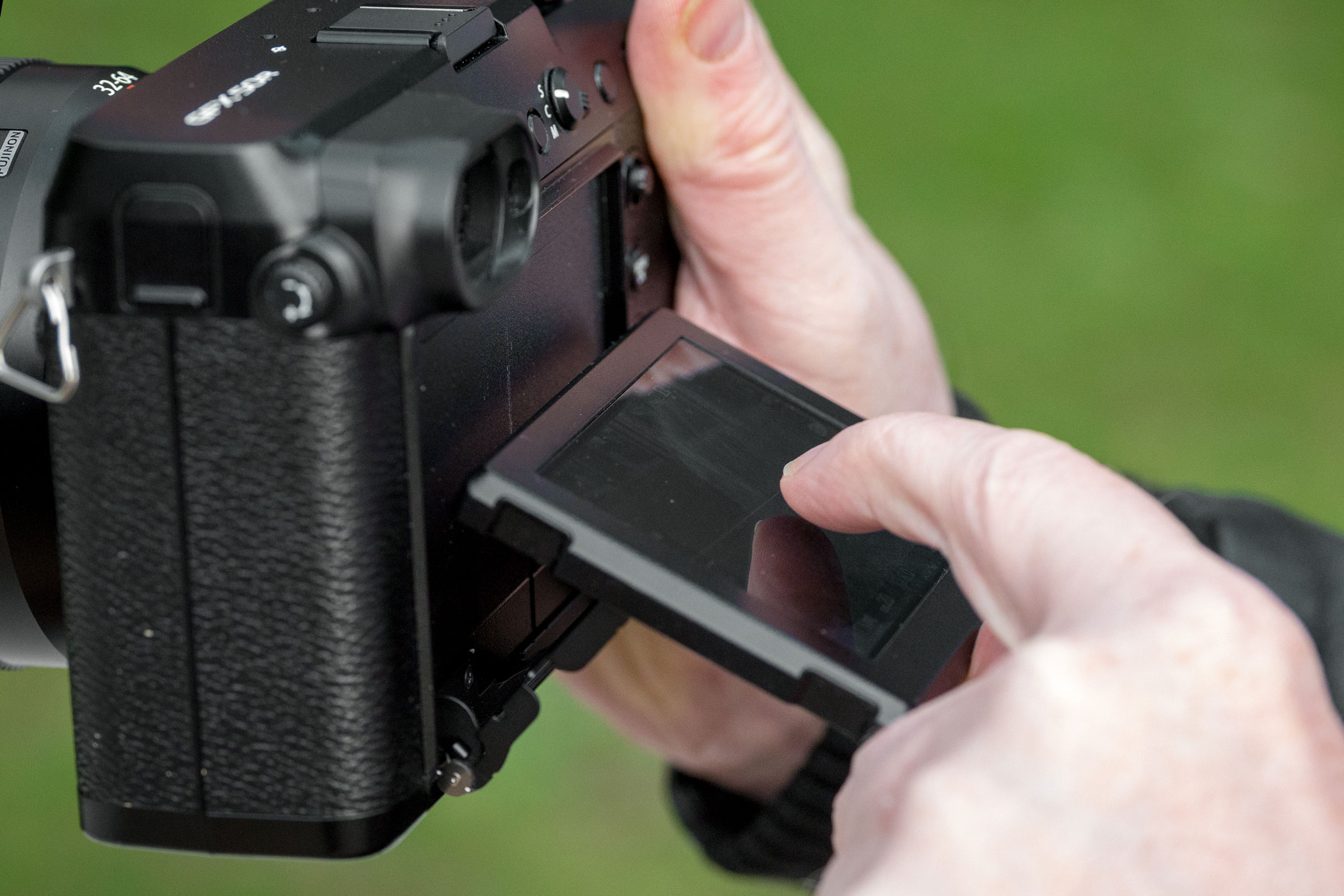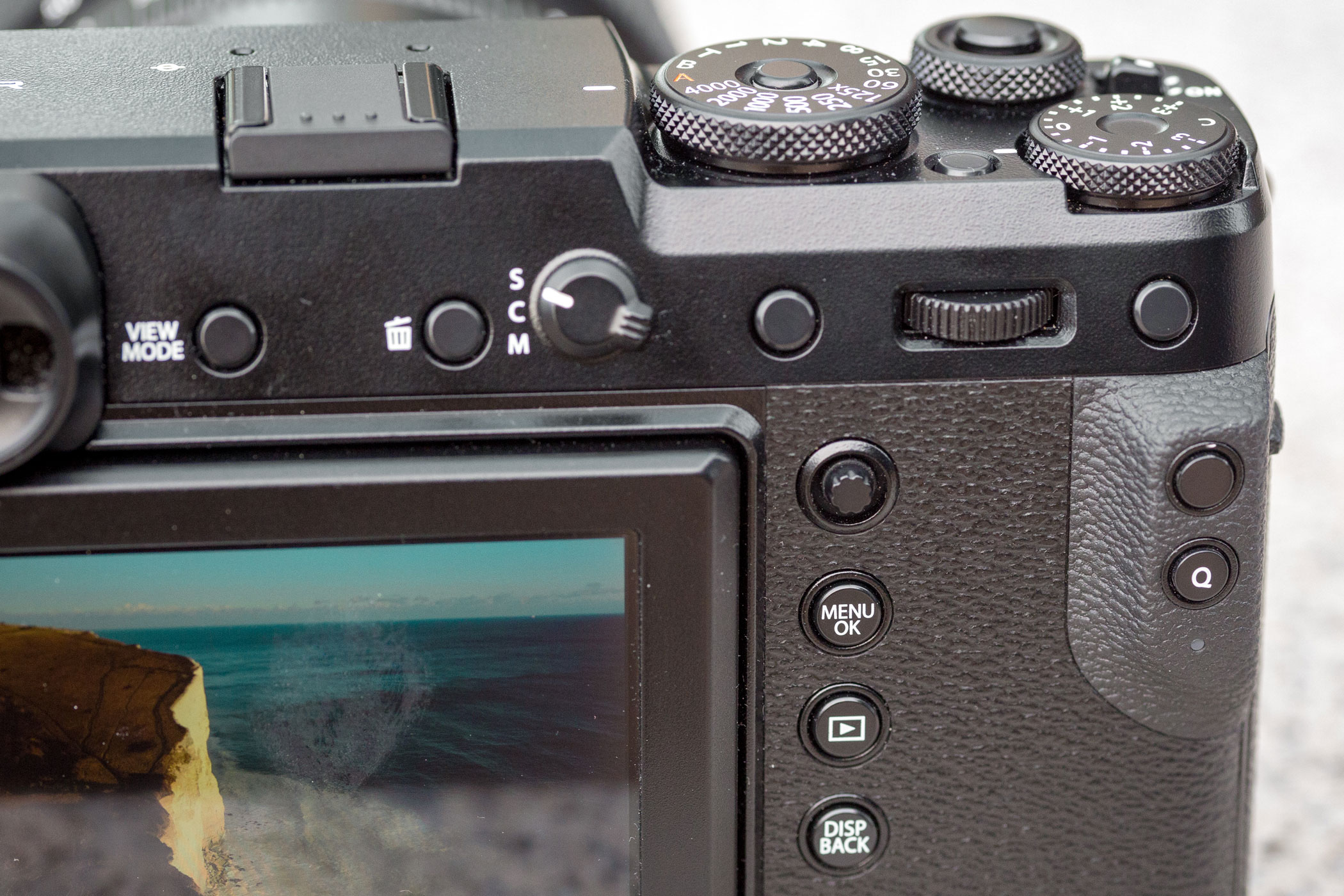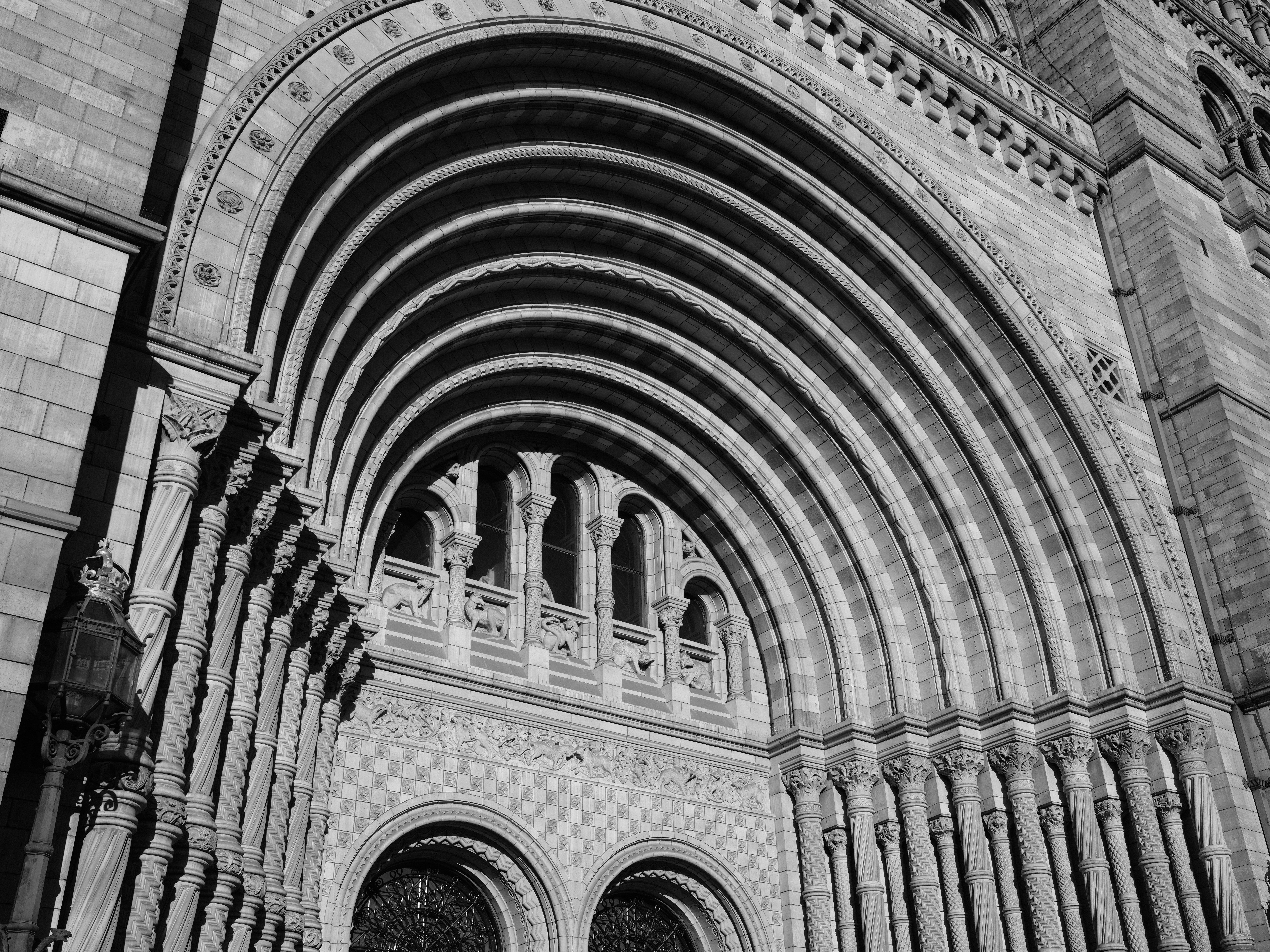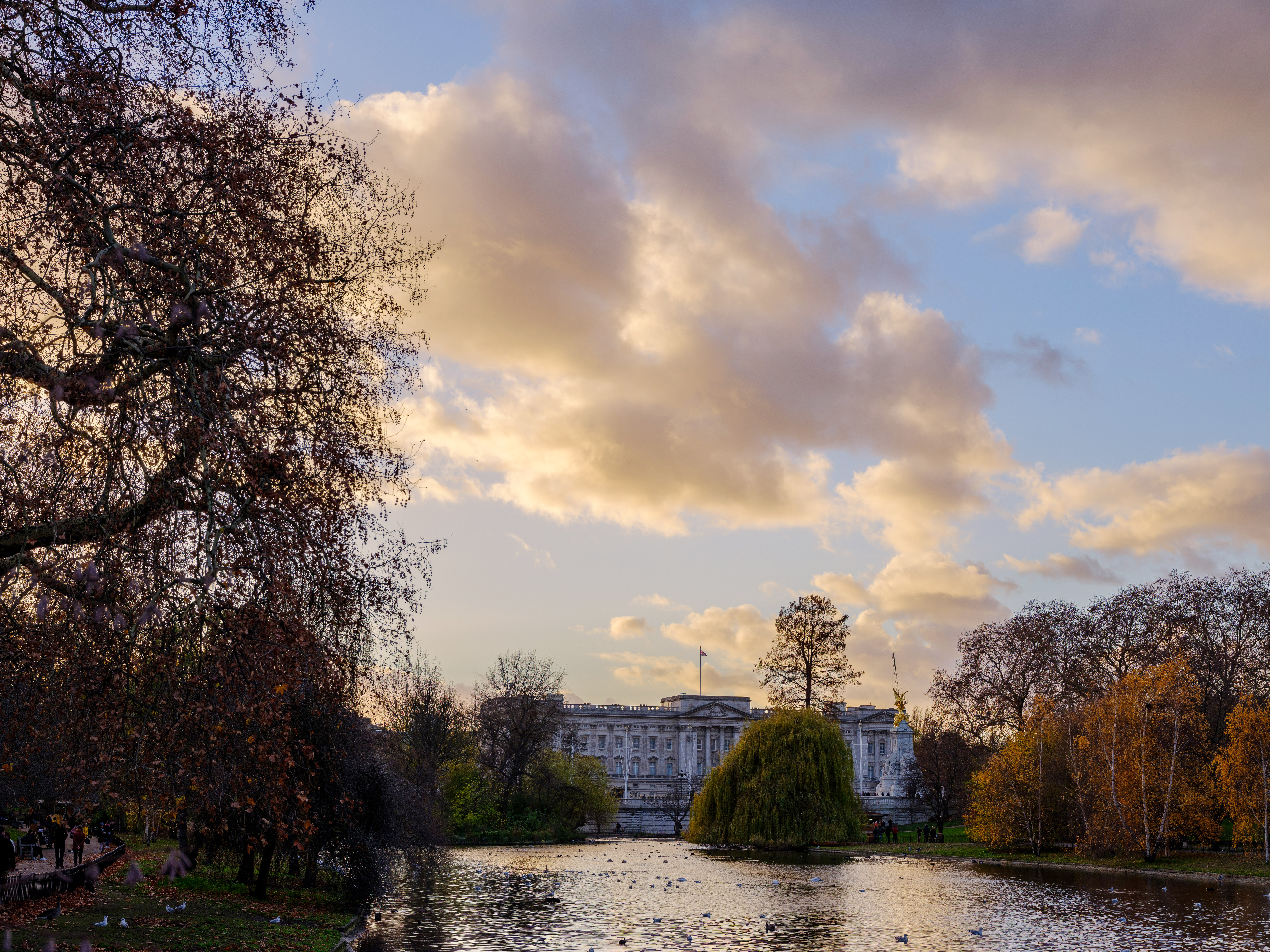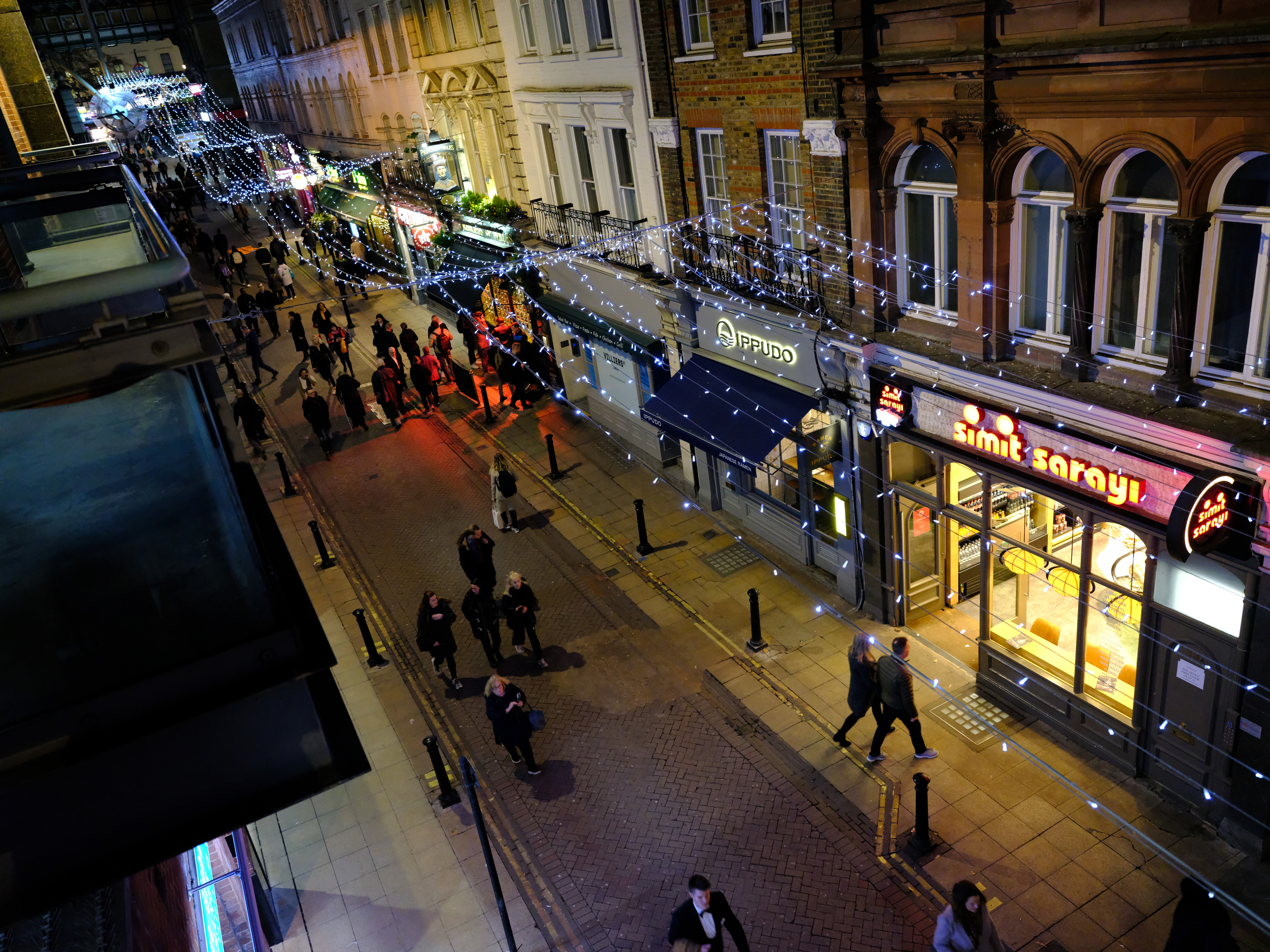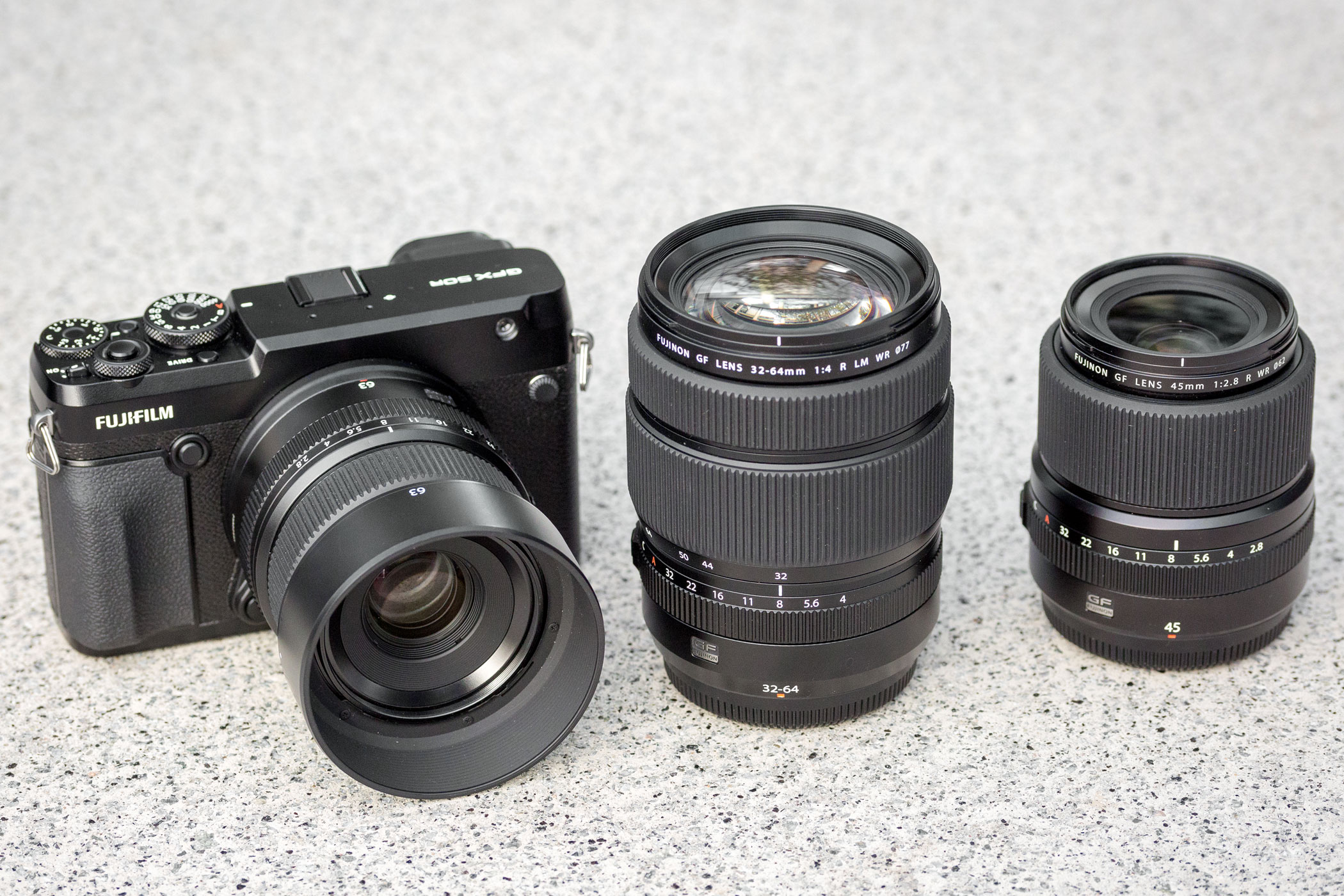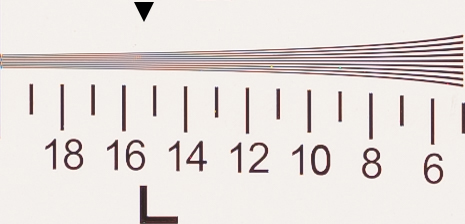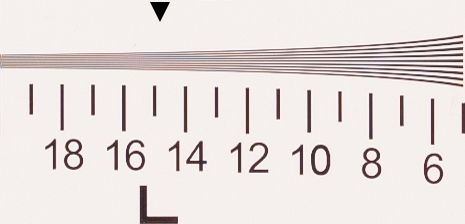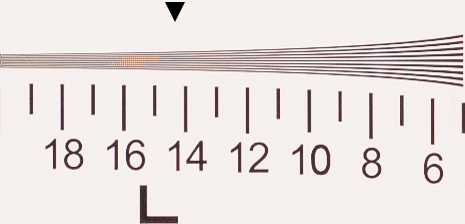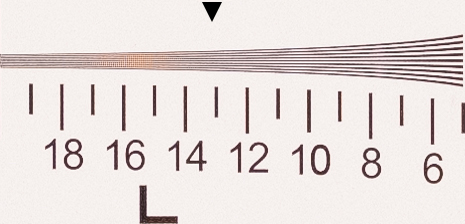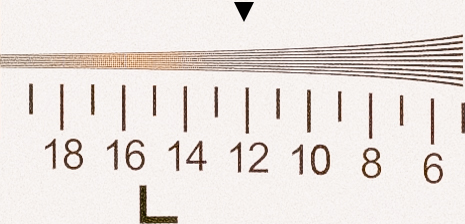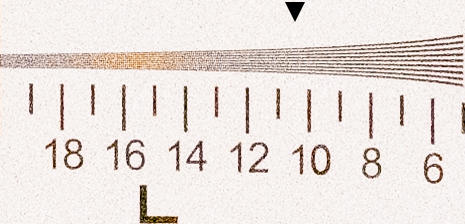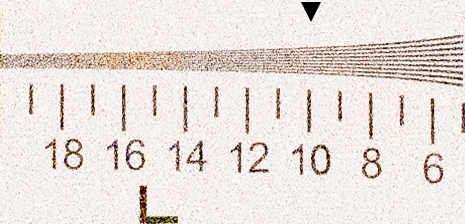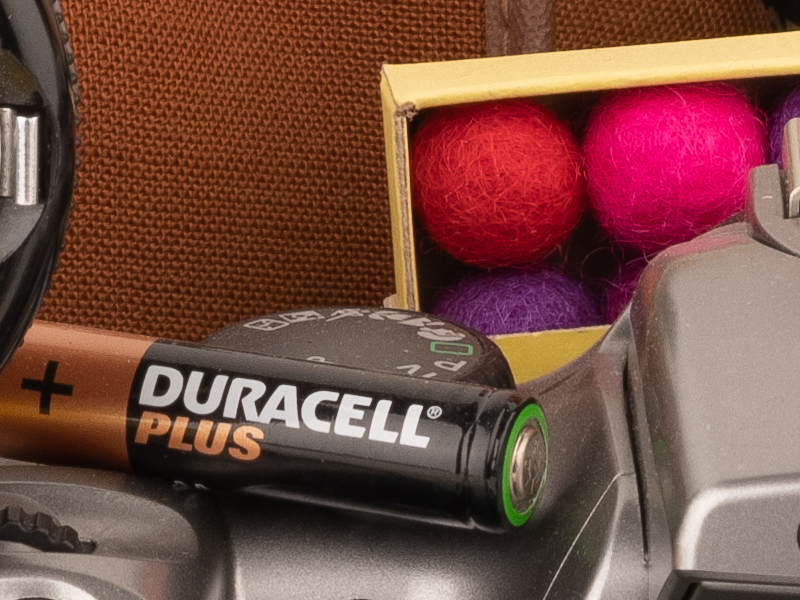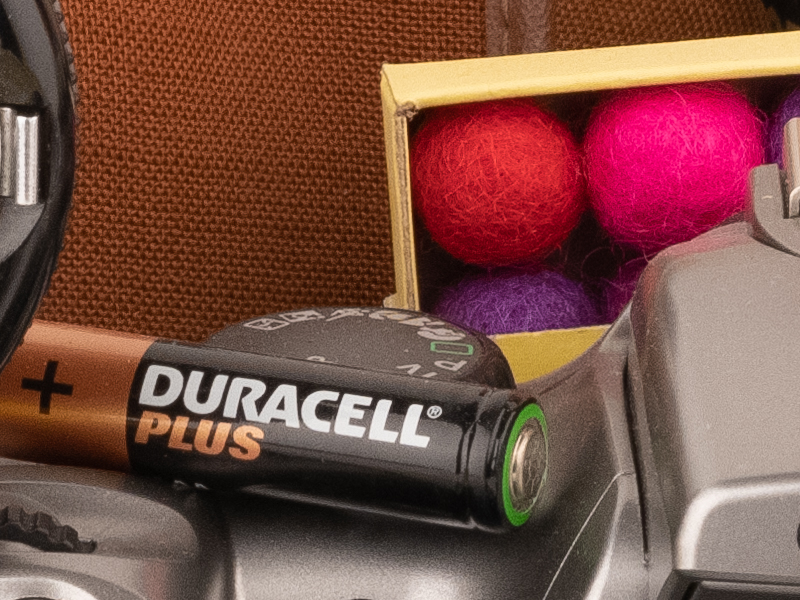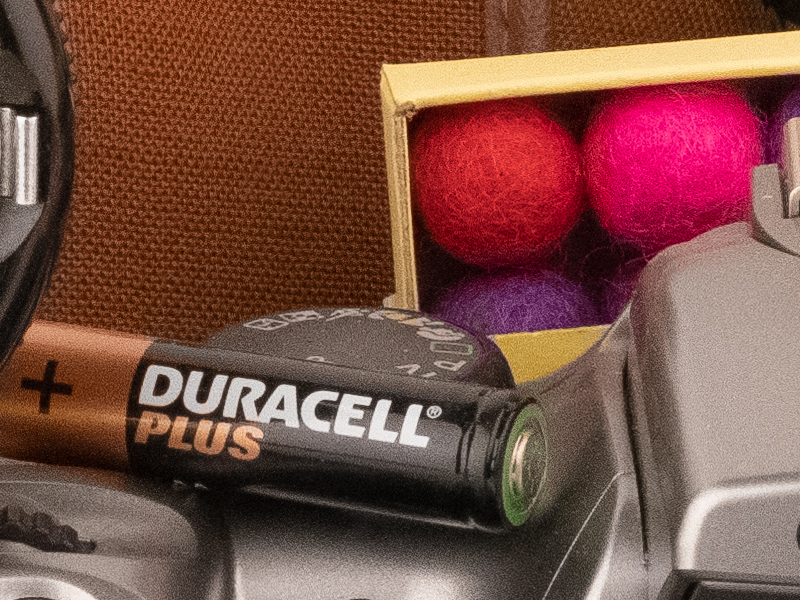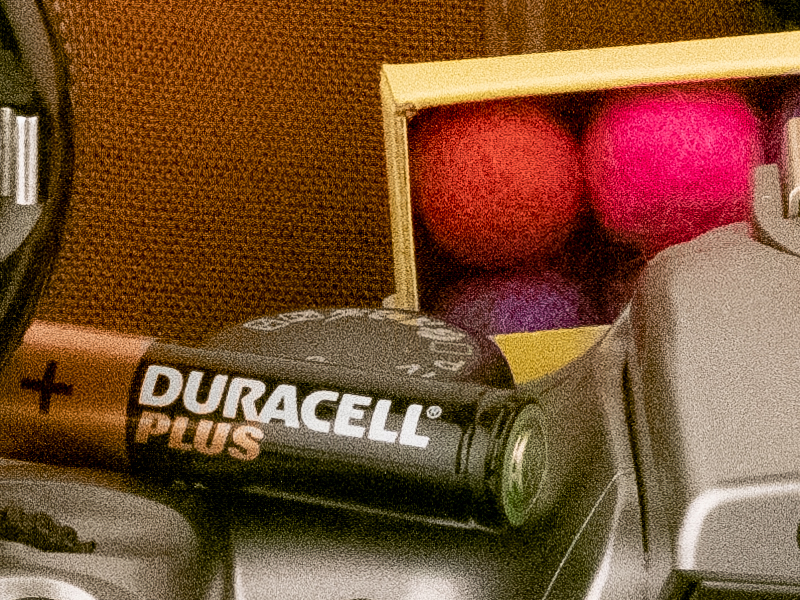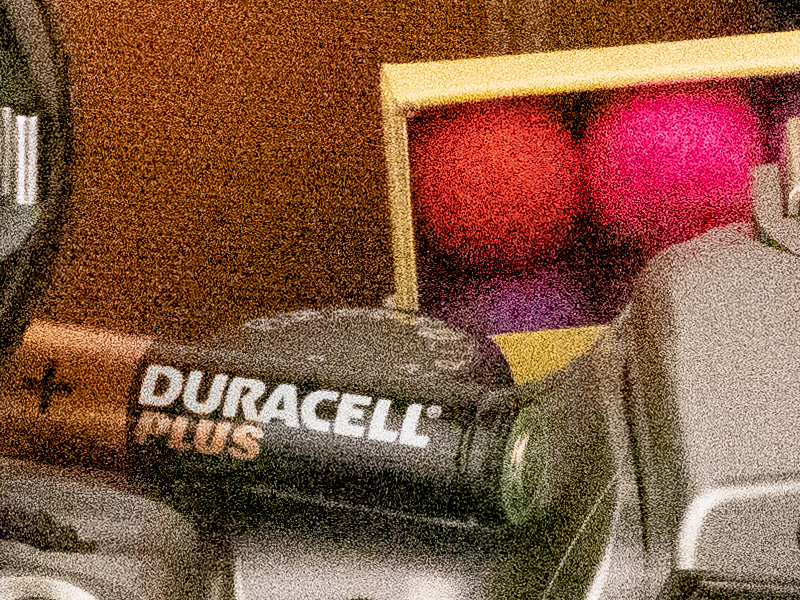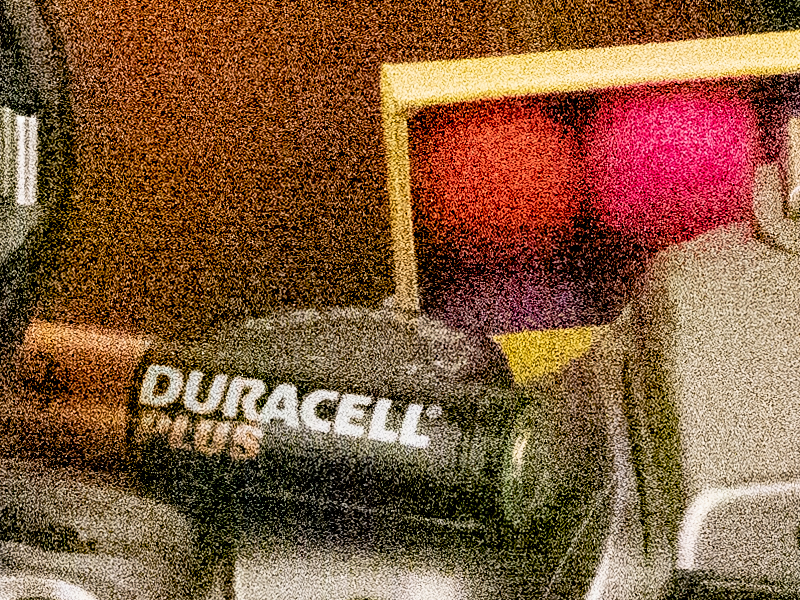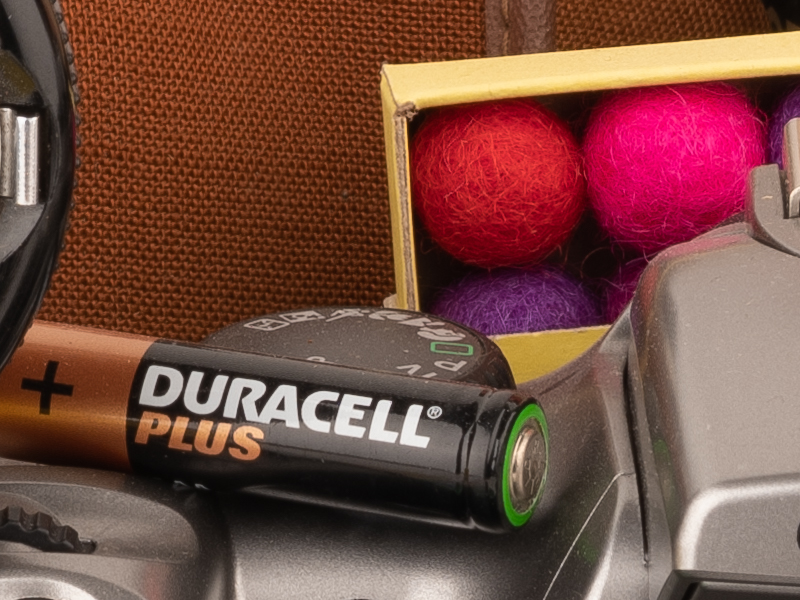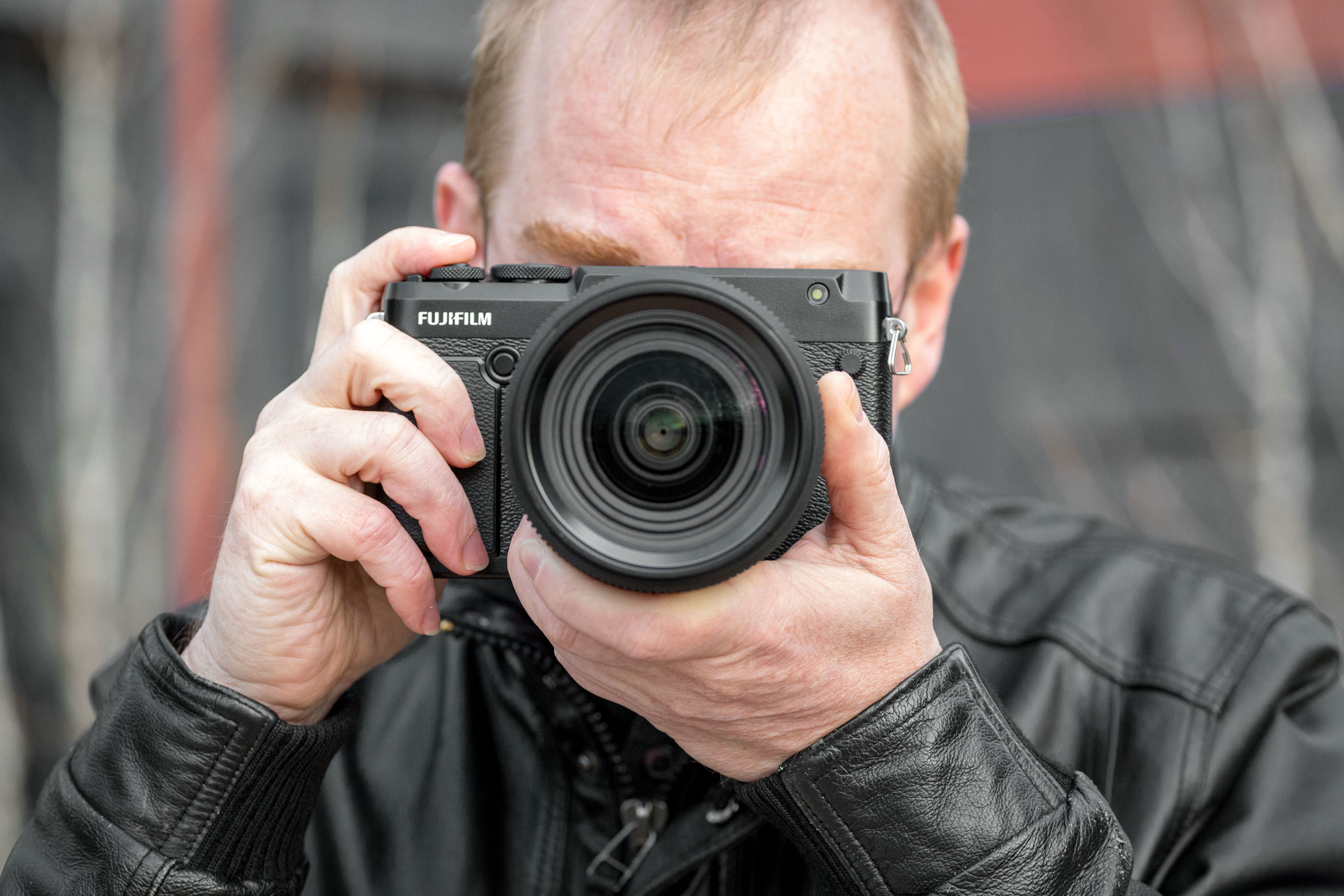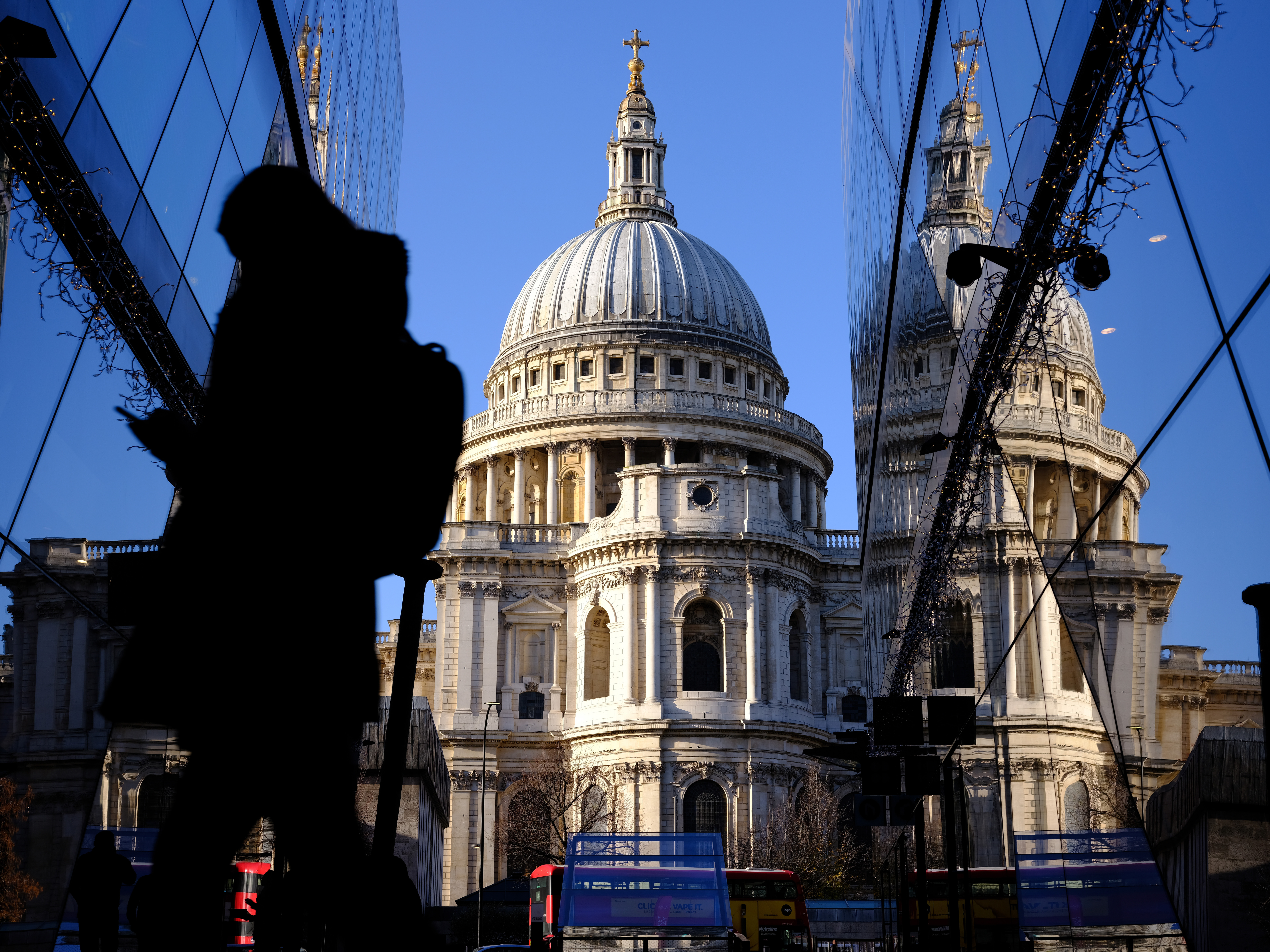Fujifilm GFX 50R: At a glance
- 51.4MP medium-format sensor
- ISO 50-102,400 (extended)
- 3 fps continuous shooting
- 3.69m-dot OLED EVF
- 2.36m-dot 3.2in tilting touchscreen
Medium-format mirrorless is still a relatively new concept, with the first cameras of the type appearing towards the end of 2016. The initial two models were rather different to each other: Hasselblad’s stylish, flat-bodied X1D-50c appealed strongly to photographers looking for medium-format quality in the smallest possible package, while the Fujifilm GFX 50S provided a relatively conventional, but bulkier SLR-like design at a more affordable price. Now with its new GFX 50R, Fujifilm has essentially repackaged the 50S into a simpler rangefinder-style body that’s similar in concept to the X1D, while striking an unprecedented price point. As a result, it may just have hit upon a Goldilocks formula for medium format digital.
So what might make the GFX 50R so appealing for serious photographers? First and foremost, it uses a 51.4MP medium-format sensor that’s 70% larger in area than full frame, and in general, a larger sensor equates to higher image quality. But this still fits into a relatively compact body that’s just as easy to carry around as a high-end DSLR. What’s more, at £3999 body only, it’s not stratospherically more expensive than the likes of the 45.7MP full-frame Nikon Z 7 or D850.
Of course, a body on its own isn’t enough to take pictures, and when you factor in lenses, the GFX system starts to look a bit less portable and more expensive. This reflects the fact that the system is built around a small collection of absolutely top-quality primes, with just a single zoom. But then you discover the sheer quality of its Fujinon GF optics, and this doesn’t necessarily look like such a bad compromise after all. In short, photographers who demand superlative image quality from a relatively portable set-up should be very interested in this camera indeed.
Fujifilm GFX 50R: Features
To all intents and purposes, the GFX 50R inherits most of its feature set from its larger sibling, with the same 51.4MP CMOS sensor and X Processor Pro used by the GFX 50S. It also includes the older model’s ISO 100-12,800 standard sensitivity range, which is expandable to ISO 50-102,400 with a risk of compromised image quality. At ISO 50 highlights will be more prone to clipping irretrievably to pure white, while at extended high ISOs image noise becomes troublesome.
Continuous shooting tops out at 3 frames per second, which by current standards counts as very pedestrian indeed. This is the first indicator that the GFX 50R isn’t the kind of all-rounder we’ve become accustomed to seeing recently, and can’t come close to matching the speed of the latest high-resolution full-frame cameras such as the Nikon D850 and Z 7, or Sony Alpha 7R III. Instead it’ll reward slower, more considered shooting.
Also like the GFX 50R, the camera uses a mechanical focal-plane shutter that offers speeds as fast as 1/4000sec. It includes an electronic first-curtain option to eliminate any risk of image blurring due to shutter shock, with a top speed of 1/640sec. There’s also a silent electronic shutter that offers speeds up to 1/16,000sec, which is potentially useful for shooting at large apertures on a bright day. However this risks significant distortion due to rolling shutter effects, and for some reason locks you out from using extended ISO settings.
Thankfully Fujifilm allows you to choose between various hybrid options that use intelligent combinations of mechanical, electronic first curtain and fully-electronic shutter, so you can access the desired range of speeds in the most sensible possible way. I used the electronic first curtain option, which switches automatically across to using the mechanical first curtain for speeds from 1/800sec to 1/4000sec.
When it comes to autofocus, on paper the 50R employs a system that doesn’t look too different to those on Fujifilm’s APS-C cameras. You can choose between using 117 or 425 AF points arranged across almost the entire image area, with the latter providing extremely granular control of focus point positioning. Area modes that group 9, 25 or 49 of these points can also be selected, along with a Wide/Tracking option that attempts to follow a subject as it moves around the frame. As is the modern way, face and eye detection options are on hand for portrait shooters. The catch though is that there’s no on-sensor phase detection system, meaning the camera has to fall back on contrast detection for focusing, which is inevitably slow by current standards.
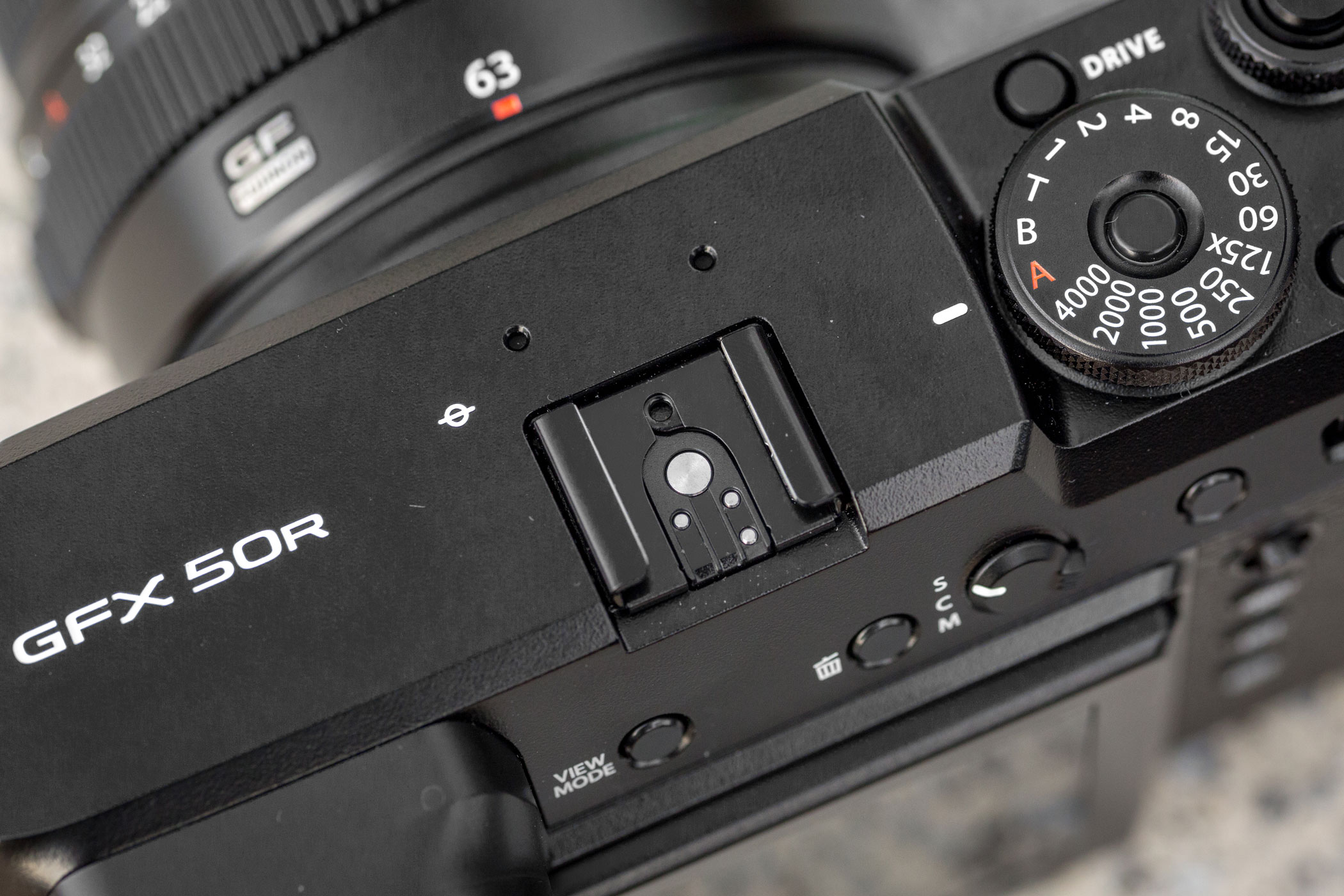
Fujifilm has included a hot-shoe for external flash units such as the high-spec EF-X500, along with a PC sync socket on the front
Fujifilm has included a solid set of additional photographic features, with a highly flexible exposure bracketing option, an intervalometer, and even a basic double-exposure mode. Most importantly, though, it’s carried across all of the image-processing settings that help make its APS-C X-series cameras so attractive. So you get the same set of Film Simulation modes which are designed to give an array of different colour looks to the camera’s JPEG output, based on Fujifilm’s decades of colour-science experience. These can also be tuned in terms of shadow and highlight tone, sharpness and saturation, while dynamic range expansion settings are on hand to help prevent highlight clipping in high-contrast scenes. In-camera raw conversion allows you to adjust or re-interpret your images after shooting.
A door on the side of the handgrip conceals twin SD card slots, both of which support the fast UHS-II standard. It’s possible to use the two cards either simultaneously or sequentially, or alternatively record JPEGs on one and raws on the other. On the camera’s top-plate you’ll find a hot-shoe for external flash units such as the high-spec EF-X500, along with a PC sync socket on the front for use with studio lighting. On the left side of the camera is a 2.5mm socket that will accept a wired remote release, which is also compatible with a wide range of remote control accessories for Pentax or Canon E3-type. You’ll find the HDMI connector on the other side.
The large sensor requires a monster of a battery, which somewhat unusually slots into the left side of the body, beneath the viewfinder. The NP-T125 packs 1250mAh at 10.8V and is rated for 400 shots. It charges externally, but not over USB. The GFX 50R’s high-speed USB-C connector is also unconventionally placed beneath a base-plate cover, alongside a 15V DC power input socket.
Video isn’t the GFX 50R’s strong point, however. It’ll record in Full HD at 30 fps if you really want it to, and it’s possible to connect a microphone to the 2.5mm remote-release port for better sound quality. But there’s not much point, given that you can now get high-quality video from many cameras that are considerably cheaper. This is unashamedly a photographer’s camera.
The GFX 50R has both Wi-Fi and Bluetooth built-in, with the latter enabling an always-on, low-power connection to your smartphone. Using the Fujifilm Camera Remote app for Android and iOS, you can then use your phone as a basic Bluetooth remote release. Alternatively it’s possible to instruct the camera to fire up its Wi-Fi for full wireless remote control, complete with a live view display and the ability to change most exposure settings. Naturally, you can browse your images and copy your favourites across to your phone, or even set up the camera to copy across automatically every image you shoot, should you so wish. It’s also possible to shoot tethered to computer via the USB-C port, using Fujifilm’s Hyper-Utility software or Tether Shooting plug-ins for Adobe Lightroom.
Fujifilm GFX 50R: Build and handling
In terms of design, the GFX 50R broadly resembles a scaled-up version of Fujifilm’s highly regarded X-Pro2 APS-C mirrorless model. It has a similar rectangular shape, with a corner-mounted viewfinder. The body is dust and weather-resistant, and designed to be used in temperatures down to -10°C. It’s truly a medium format camera that can be taken out of the studio and shot on location in tough conditions.
The camera feels extremely secure in your hand, thanks to the prominent thumb-hook on the back and the shallow grip on the front. This may not look like much, but with the thick, chunky body it works really well. The controls have an excellent tactile quality, with the dials clicking firmly as they’re rotated. The buttons are a little small, but they’re well spaced and have just enough travel to provide decent feedback when pressed.
Like most other Fujifilm models, the control system is built around traditional analogue dials. Dedicated exposure compensation and shutter speed dials can be found on the top plate, with the latter having a central toggle lock. They’re complemented by the large, easy-to-use aperture rings that are found on all of the lenses. But the GFX 50R has an additional trick, in the shape of an electronic dial around the shutter release that directly controls ISO sensitivity, meaning you have a separate, well-placed dial for each exposure parameter. Coupled with the AF area joystick on the back, and the option to set focus point by touch when composing with the LCD screen, this makes the GFX 50R an absolute pleasure to use.
If for some reason you’d prefer not to use the analogue dials, though, Fujifilm still has you covered. Place the shutter dial to its T position, and you can then change the speed using another electronic dial embedded in the back plate. Set the aperture ring and/or exposure compensation dial to C, and these settings get passed to the top-plate ISO dial; pressing a button on the camera’s front-plate then cycles through them. It’s all really well thought out, giving you plenty of options for how to work.
The rest of the back-plate controls are closer in concept to the X-E3. There’s no conventional d-pad for navigating menus and changing settings; instead you can use either the joystick or the electronic control dials. A small focus mode switch above the LCD screen selects between single, continuous and manual modes, and is easier to use compared to being on the front of the camera, as with the X-system models. Pressing the Q button calls up the onscreen quick menu for changing secondary settings, which can be done using either the rear dial or the touchscreen.
With the increased size of the GFX 50R’s body compared to its APS-C stablemates, Fujifilm has also found space to dot a number of additional buttons around the top and back. Several of these are unmarked, reflecting the fact that they’re all user-configurable and can each be assigned to any one of 44 settings. What’s more, directional swipes on the touchscreen – left, right, up or down – can also be used as custom controls. In fact, with such a plethora of buttons and dials available, I found the main challenge was working out a way of making good use of them all.
Fujifilm GFX 50R: Viewfinder and screen
One area where the GFX 50R makes slight compromises compared to its larger sibling is in composing and viewing your images. Its viewfinder has the same resolution, at 3.69-million-dots, but the magnification is fractionally lower, although at 0.77x it’s still competitive with most other cameras. The EVF is also fixed in place, in contrast to the GFX 50S’s removable unit. But that’s a trade-off I’m very happy to make for the reduced body size.
The finder itself is excellent, being large and bright, with a crisp view right into the corners. Various views are available, with the exposure information either overlaid on the image or displayed on a black border around it, which results in a slightly lower magnification. The live view display is designed to closely mimic the image processing, which means it can look over-saturated and contrasty in some situations. But if you don’t like this, a Natural Live View option is available, which attempts to mimic more closely how the scene might look through an optical viewfinder. I found it helpful to assign this to the top-plate Fn1 button.
As for the rear LCD, at 2.36 million-dots it’s one of the sharpest and clearest I’ve used. It also tilts up and down, which is great for shooting at waist level or off a tripod, but sadly it doesn’t have an additional hinge for portrait-format work. This is probably the 50R’s biggest operational shortcoming, but to be fair it’s no different to high-resolution full-frame competitors such as the Nikon D850 or Sony Alpha 7R III. Swiping upwards on the screen while shooting brings up a large RGB histogram, while swiping down reveals a large, precise dual-axis electronic level. Both are particularly useful when shooting off a tripod.
Fujifilm GFX 50R: Autofocus
Ultimately the GFX 50R’s Achilles’ heel is its autofocus speed. Compared to the standards we’ve become used to from full-frame mirrorless, it’s slow and hesitant, with a tendency to ‘wobble’ noticeably during each focus cycle, and occasionally hunt or miss focus entirely. This is essentially attributable to its reliance on contrast detection for focusing, which is primitive compared to smaller-format cameras that now overwhelmingly exploit on-chip phase detection.
What you can’t argue with, through, is the focus accuracy. As long as you place the focus point somewhere in the scene with sufficient contrast, and are shooting in reasonably good light, it’ll nail focus perfectly time after time. Unlike any DSLR, it can also focus on subjects practically anywhere in the frame. Here the well-placed AF joystick is invaluable, making it quick and easy to place the focus point exactly where you want it. The large, clear viewfinder gives a really clear indication of whether or not focus has been properly achieved, along with an accurate depth of field preview regardless of the aperture.
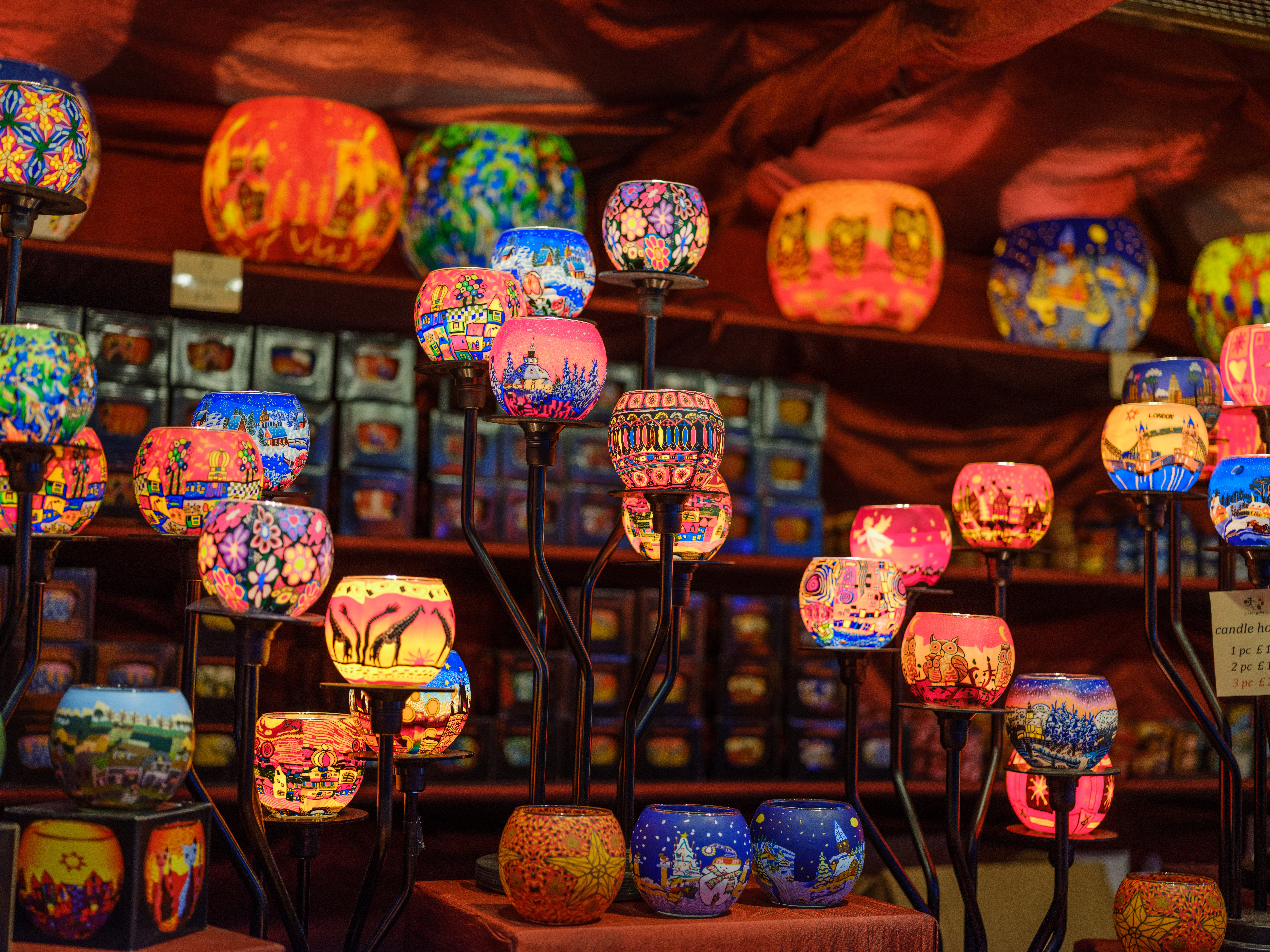
The GFX 50R’s contrast-detection autofocus is unerringly accurate. GF 63mm F2.8R WR, 1/100sec at f/2.8, ISO 500
For this occasions where autofocus fails, manual focusing is also available. You have a choice of magnified view or a peaking display to confirm correct focus, and these aids can be activated automatically when you turn the focus ring. Fujifilm’s GF lenses all use electronic focus-by-wire systems, and while the feel of the focusing isn’t necessarily the best I’ve come across, I had no problem with achieving critical accuracy.
Fujifilm GFX 50R: Performance
Long gone are the days when medium format digital was clunky and awkward. Indeed, the GFX 50R is on the whole every bit as slick and polished as its APS-C cousins. It has almost exactly the same onscreen interface, including Fujifilm’s well designed Q Menu and logical menu structure, and in most respects is just as snappy in operation. Its relatively light weight and excellent ergonomics mean that you can shoot with it hand-held for extended periods, just as if you were using a full-frame DSLR. It’s also remarkably quiet and unobtrusive, especially with electronic first-curtain shutter enabled. Indeed the only clue that you’re dealing with something out of the ordinary is the slightly sluggish autofocus and continuous shooting, which for many users and applications won’t matter a jot.
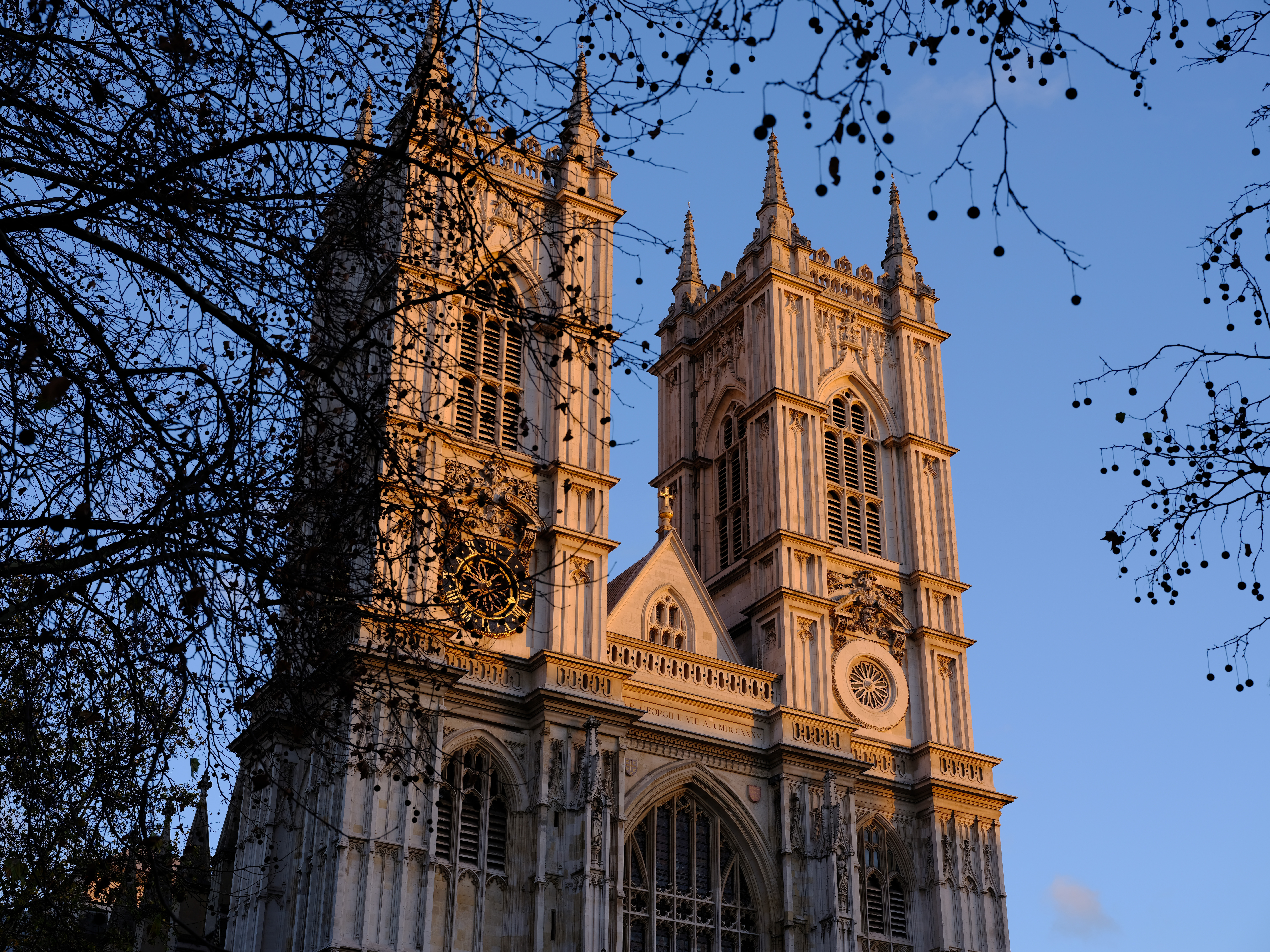
Fujifilm’s JPEG processing gives attractive colour and white balance. GF 32-64mm F4 at 32mm, 1/25sec at f/8, ISO100
As we’ve come to expect from Fujifilm, metering and auto white balance both work really well. Combined with the firm’s peerless colour reproduction and excellent image processing, the camera churns out lovely-looking files shot after shot. I particularly like the Astia film simulation mode for colour images, and Acros for black & white shooting. The in-camera raw processing also makes it easy to adjust or re-interpret your images later, if you want to apply a different look. So while I’d fully expect users to be processing raw by default, it’s entirely plausible to use the camera’s JPEG files for many purposes.
You still have to work hard to make full use of the GFX 50R’s abilities, though. With no image stabilisation on anything but the two longest telephoto lenses, you’ll need to make a point of using fast shutter speeds to be sure of getting pixel-sharp results from that 50MP sensor when shooting hand-held. At these resolutions, the old ‘1/focal length’ rule isn’t going to work, and I’d recommend shutter speeds at least a stop faster to be sure of getting really sharp results, for example 1/125sec with the 63mm f/2.8.
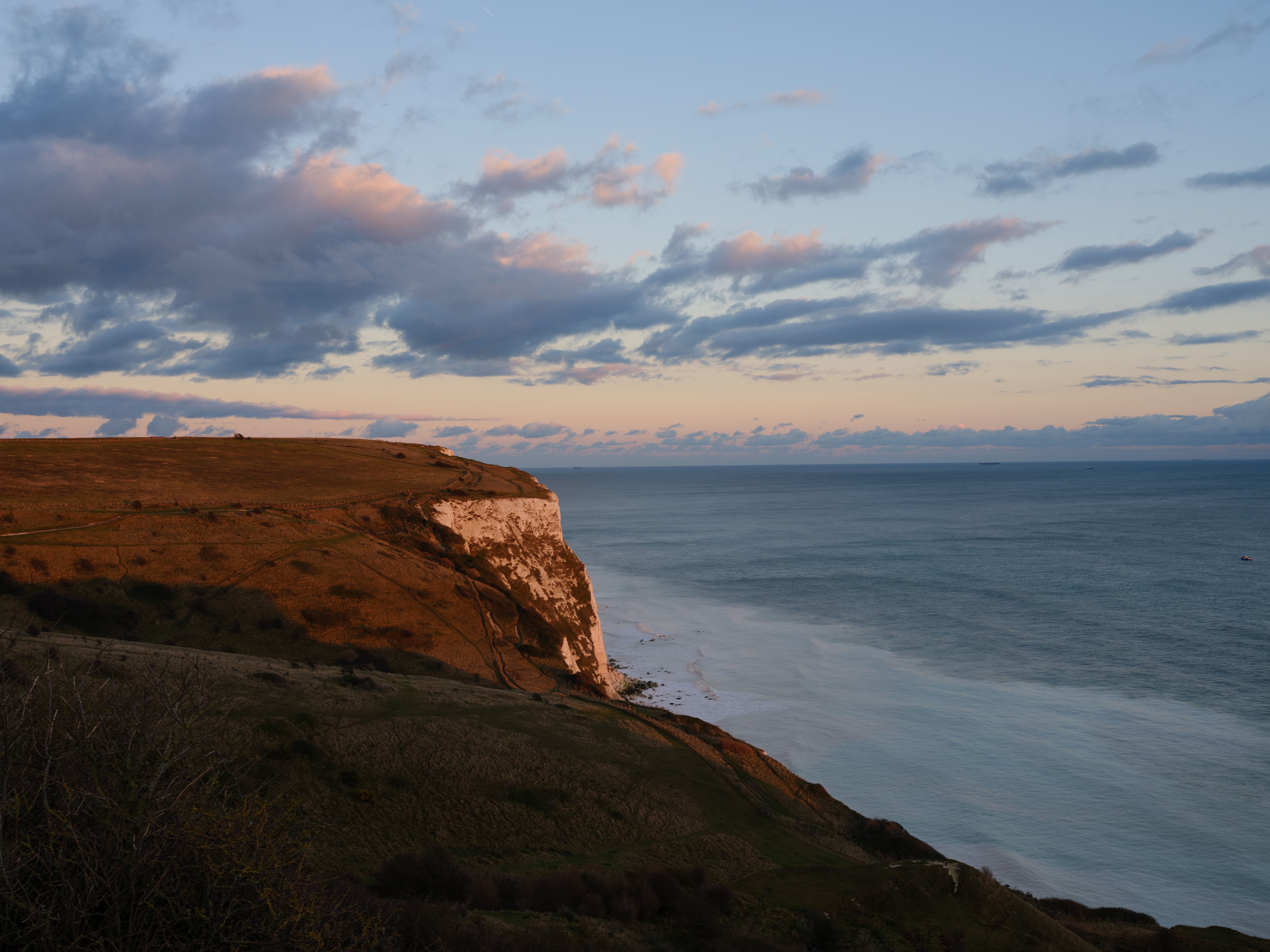
Dropping shutter speeds too far can easily result in visible pixel-level blurring. GF32-64mm F4 at 34mm, 1/45sec at f/8, ISO 200
With good technique, though, the GFX 50R will repay you with absolutely breathtaking image quality. The level of detail it’s able to record is exceptional, due to the combination of its medium-format sensor and excellent lenses. Dynamic range is phenomenal, with a huge amount of additional detail recoverable in shadow regions when processing raw files. In the image below, I exposed to maintain the sky detail, and the rest of the image was practically black in the camera’s JPEG file.
Image quality also holds up very well at higher sensitivities: I was quite happy with the output right up to ISO 6,400. Here the stunning lenses also play their part, with the exceptional micro-contrast and detail rendition giving noise reduction algorithms plenty of real image data to work with.
Even ISO 12,800 is just about usable if necessary, although at this stage shadow detail blocks up substantially (which to be fair isn’t necessarily a problem in night-time scenes). However I wouldn’t generally go any higher.
The Fujinon GF lens range
Fujifilm currently offers eight G-mounts lenses from 23mm to 250mm, with seven primes including a 120mm f/4 macro alongside a 32-64mm f/4 wideangle zoom. The ‘crop factor’ relative to full-frame is 0.8x, which means the lenses cover a 35mm-equivalent range from 18mm wideangle to 200mm telephoto. Only the 120mm f/4 macro and 250mm f/4 telephoto include optical image stabilisation.
In terms of maximum apertures, the fastest is a 110mm f/2 portrait lens, which should give similar results in terms of depth of field and background blur to an 85mm f/1.6 full-frame optic. The others are f/2.8 or f/4, which will behave like f/2.2 or f/3.2 full-frame lenses with the same angles of view. As a result, if you’re after the shallowest possible depth of field for selective-focus shooting, in principle you’ll be better off with a full-frame system, due to the widespread availability of fast, high-quality f/1.4 primes. But what you can’t argue with is the optical quality: all three of the lenses I used (shown above) are absolutely superb.
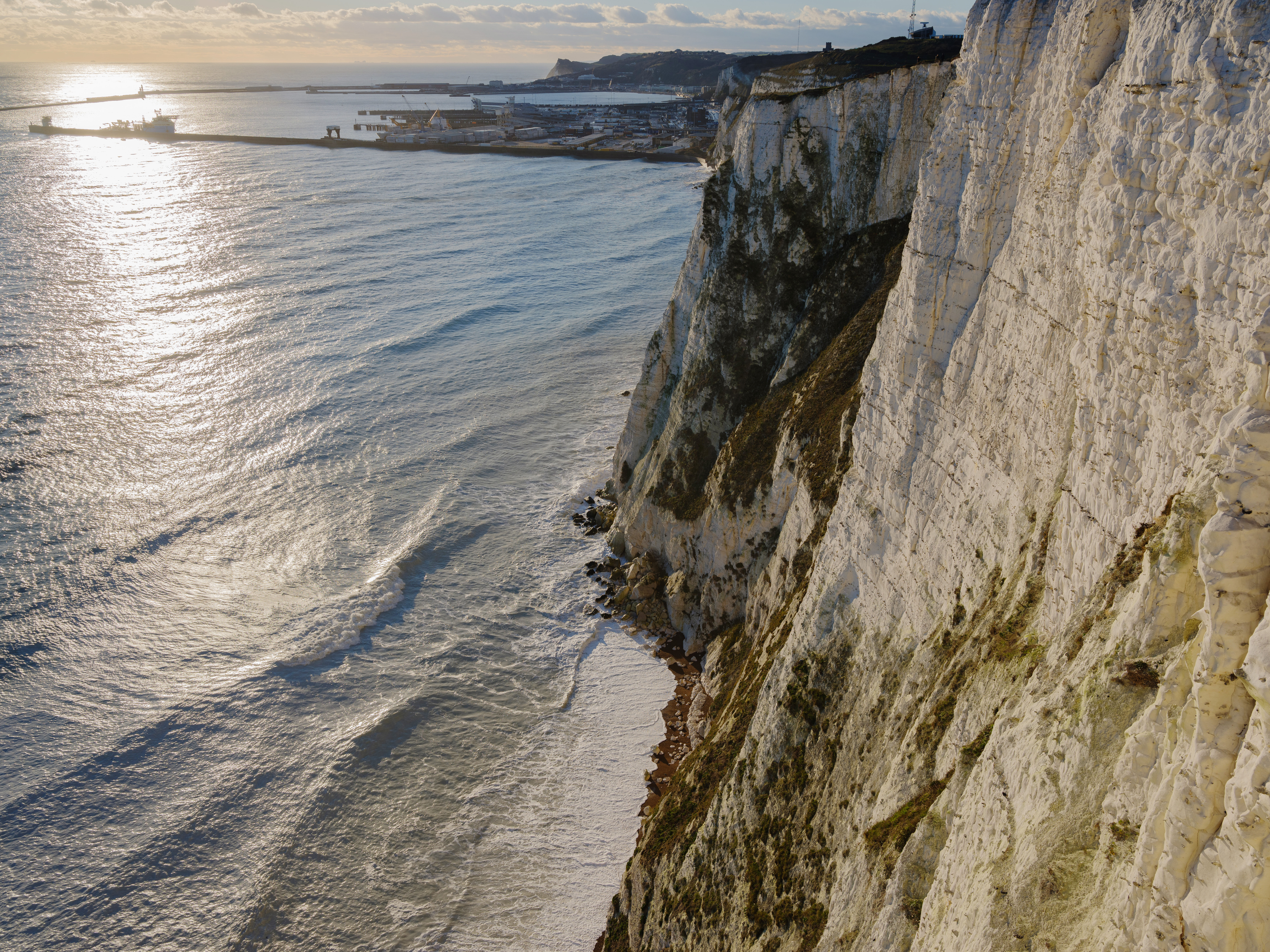
Fujifilm’s GF lenses give exceptional image quality. 32-64mm F4 at 33mm,1/550sec at f/8, ISO 200, DR200
Fujifilm has also revealed three upcoming lenses on its GF roadmap. Alongside a compact 50mm f/3.5 prime, it’s planning on making image-stabilised 45-100mm F4 and 100-200mm f/5.6 zooms. These should complement the 32-64mm f/4 nicely.
Fujifilm GFX 50R: Image quality
With the same 51.4MP medium-format sensor and X-Processor Pro on board as previously used in the GFX 50S, unsurprisingly we see much the same image quality in our tests. Fine detail is rendered with stunning crispness and clarity, which is accentuated in the camera’s low-ISO JPEG files by strong, fine-radius sharpening.
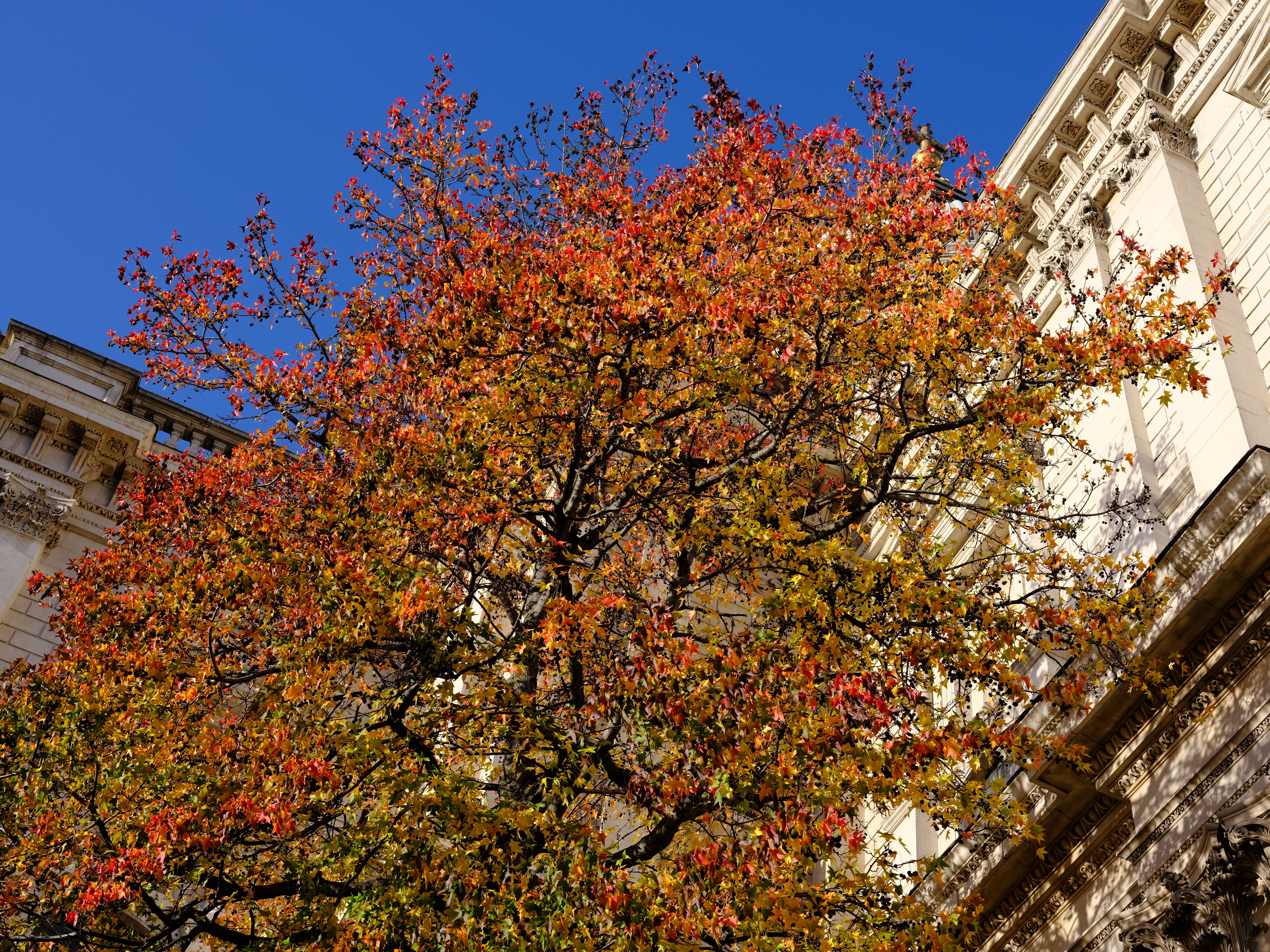
Fujifilm’s Velvia mode gives stunning, strong colours that still look natural. GF 63mm F2.8, 1/300 sec at f/8, ISO 200.
Colour output is as attractive as usual from Fujifilm, with the various film simulation modes providing a good range of options. Yet this stunning quality is achieved using a conventional Bayer sensor, which makes me wonder why Fujifilm is so wedded to the more complex X-Trans sensor for its premium APS-C models.
Fujifilm GFX 50R: Resolution
At ISO 100, the GFX 50R records a massive 6,000 lines per picture height when measured against our test chart, which is about as much as its 51.4MP sensor could possibly achieve (note that its slightly taller 4:3 aspect ratio gives it a slight advantage over 3:2 full-frame models in this test). Resolution drops slowly as the sensitivity is raised, and even at ISO 1600 we still measure a hugely impressive 5600 l/ph. At higher settings noise has an increasingly deleterious effect, but 4800 l/ph at ISO 12,800 is still a strong showing. At the top ISO 102,400 setting, though, this drops to 4000 l/ph.
In the 100% crops above, multiple the number below the lines by 400 to calculate the resolution in lines per picture height. These tests were shot using the GF 63mm F2.8 R WR at its sharpest aperture of f/5.6.
Fujifilm GFX 50R: ISO and noise
At low ISO settings the GFX 50R gives absolutely stunning images, with a no visible noise and remarkable delineation of the finest low-contrast detail. This quality persists up to ISO 800, and it’s only really at ISO 3200 that we see any obvious degradation when examining images close-up onscreen. By ISO 12,800 quality is suffering badly from noise, although the camera’s own processing does a better job of maintaining colour than the Adobe Camera Raw-converted samples we’re looking at here. Beyond this, however, things go downhill fast, with colours fading and serious problems with noise. ISO 25,600 might sometimes be usable at a pinch, but I’d steer well clear of the top two extended settings.
Fujifilm GFX 50R: Verdict
It’s always exciting when a camera brings something new to the market that we haven’t quite seen before. By placing the stunning image quality of its medium format sensor into a relatively small body at a groundbreaking price, the Fujifilm GFX 50R does exactly that. Indeed this feels like it could be a transformative moment for medium-format digital, bringing it into serious consideration for a much wider audience than ever before.
First, let’s consider the price. We’ve looked at several ‘affordable’ medium format cameras in recent years, but the GFX 50R undercuts them all considerably. It costs £1000 less than its stablemate the GFX 50S, and £2000 less than the Hasselblad X1D 50c. Even the four-year-old Pentax 645Z DSLR costs £1500 more, body-only. Fujifilm’s GF lenses are reasonably affordable by medium format standards, too.
Equally important is the portability factor. With its relatively compact size and light weight, it’s really no more difficult to shoot with the GFX 50R out on location than it is to work with a full-frame DSLR. Fujifilm’s lenses aren’t too huge or heavy either, and I was perfectly happy carrying the camera on extended treks with the 32-64mm f/4 zoom and 45mm f/2.8 and 63mm f/2.8 primes. This isn’t something you’d usually say about medium format kit.
Crucially, the GFX 50R is also an extremely enjoyable camera to use. Thanks to its traditional analogue control dials, it’s just as intuitive and engaging as Fujifilm’s APS-C X-system models. Its image quality is utterly addictive too, with the firm’s trademark gorgeous colour combined with phenomenal levels of detail. With so much going for it, this is a camera that simply begs to be picked up and used, and occasionally I even found myself taking pictures just to see what hidden features it might tease out of a scene.
Of course the GFX 50R is still a niche, specialist camera. For the majority of serious photographers, a full-frame system will be the more obvious choice, especially when super-fast autofocus and continuous shooting are required. Indeed the very best high-resolution models, most notably the Nikon Z 7 and D850, will come very close indeed to matching its raw image quality. But for those who understand how to exploit its strengths, and who aren’t concerned by its weaknesses, the GFX 50R is a truly phenomenal photographic tool.

Fujifilm GFX 50R Specifications
